LUXURY TRENDS
Year-End, 2022 DicksonLuxury.com


Year-End, 2022 DicksonLuxury.com

As we say farewell to 2022 and welcome the new year, what are some key takeaways of the luxury real estate market in our region? First and foremost, it wasn’t such a bad year! In 2022, buying and selling of luxury homes was very similar to 2021; there were sales records with some notable sales in the ultra- luxury market. The three highest sales in Reno were between $6.2 and $6.9 million and were all represented by Dickson Realty luxury agents. Additionally, of the 22 sales of homes over $3 million dollars in 2022, Dickson agents participated in 9 of those sales on the listing side and 10 on the selling side. We are pleased to say Dickson Realty leads the market with nearly 50% market share of home sales over $2 million dollars.
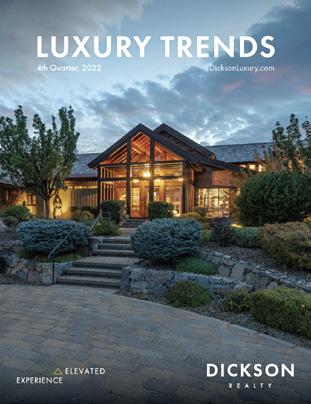
Although 2022 sales numbers were similar to 2021, a slowdown in the stream of buyers from out of our state began in the middle of June and continued through the end of the year. The pace of sales slowed, market times extended and overall demand stabilized, resulting in an equalization of the ratio of sellers to buyers. The slowdown was a welcomed reprieve for buyers caught up in the frenzy of multiple offer situations over the last few years. For sellers, the outlook going into 2023 is still reasonable, with demand continuing at a steady pace. Sellers will have to be on their toes to procure a sale in 2023, with their homes looking their best for a positive, strong sales price. We encourage our sellers to consider staging, updating and even modernizing the systems of their homes to affect the highest and best sales price.
We gleaned some positive notes in the overall economy for real estate in a January 6th article in the Reno Gazette Journal naming Reno as the 3rd most popular city in the U.S. for businesses to relocate. Cheers to the Economic Developement Authority of Western Nevada (EDAWN) for the outstanding work they do bringing businesses to our region. A recent article in RISMedia’s Real Estate December publication cited a trend report stating, “80% of U.S. based high-net-worth consumers agree that real estate is a safe investment, and over one-third agree that it is the safest investment one can make when compared to stocks, bonds, cryptocurrency, and pensions”.
As Dickson Realty proudly begins its 50th year anniversary, we can say, with gratitude, we look forward to helping you with your selling and buying real estate needs in the coming year and beyond.
Vice President, Luxury Division

Dickson Realty is a member of Leading Real Estate Companies of the World,® a global community of real estate companies awarded membership based on rigorous standards for service and performance.
Every fifteen minutes a quality client introduction is made within Leading Real Estate Companies of the World.® As a member of Leading Real Estate Companies of the World,® Dickson Realty combines authentic, local expertise with global connections to the highest quality real estate firms worldwide. We’re Local. We’re Global.
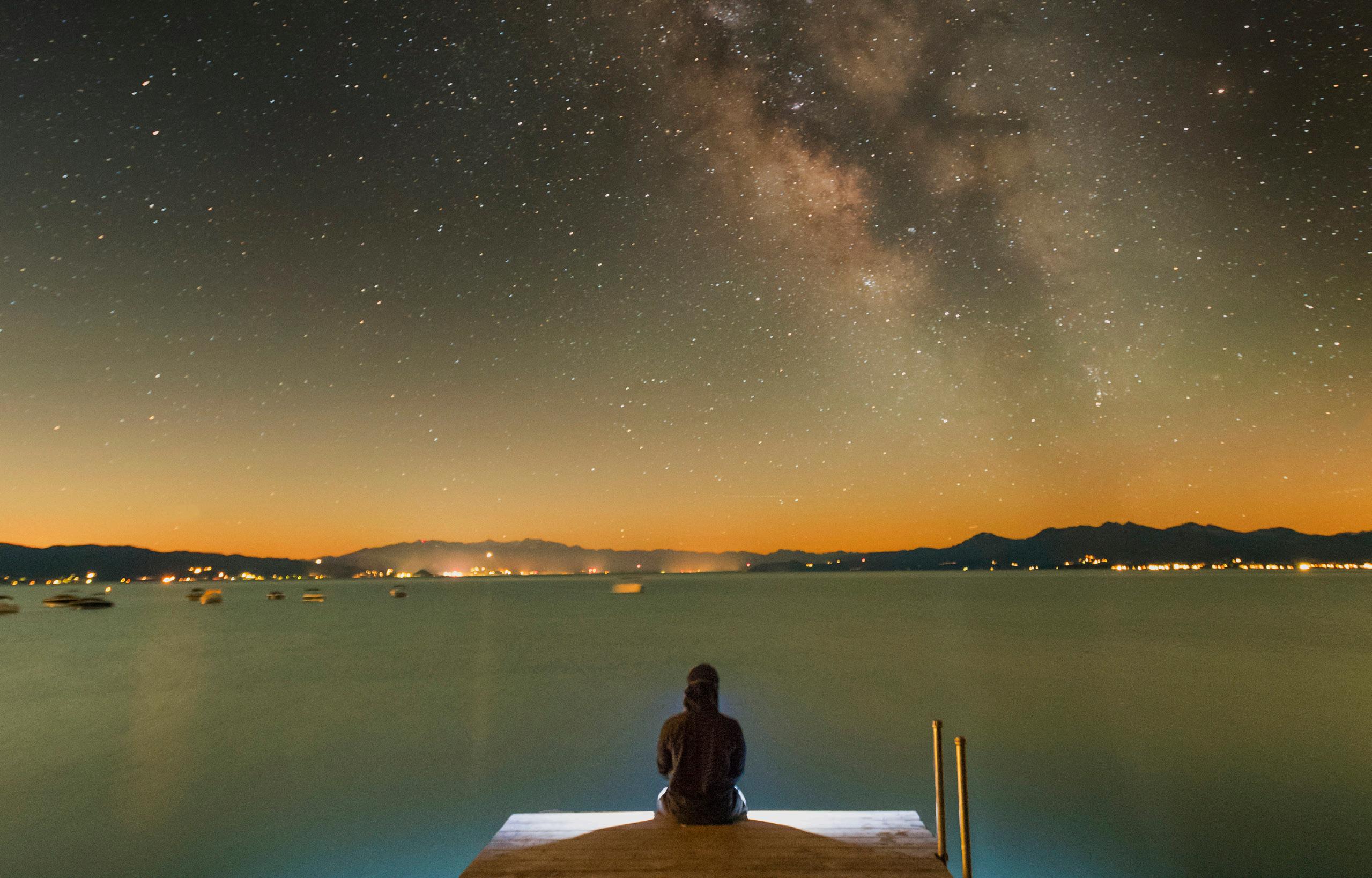
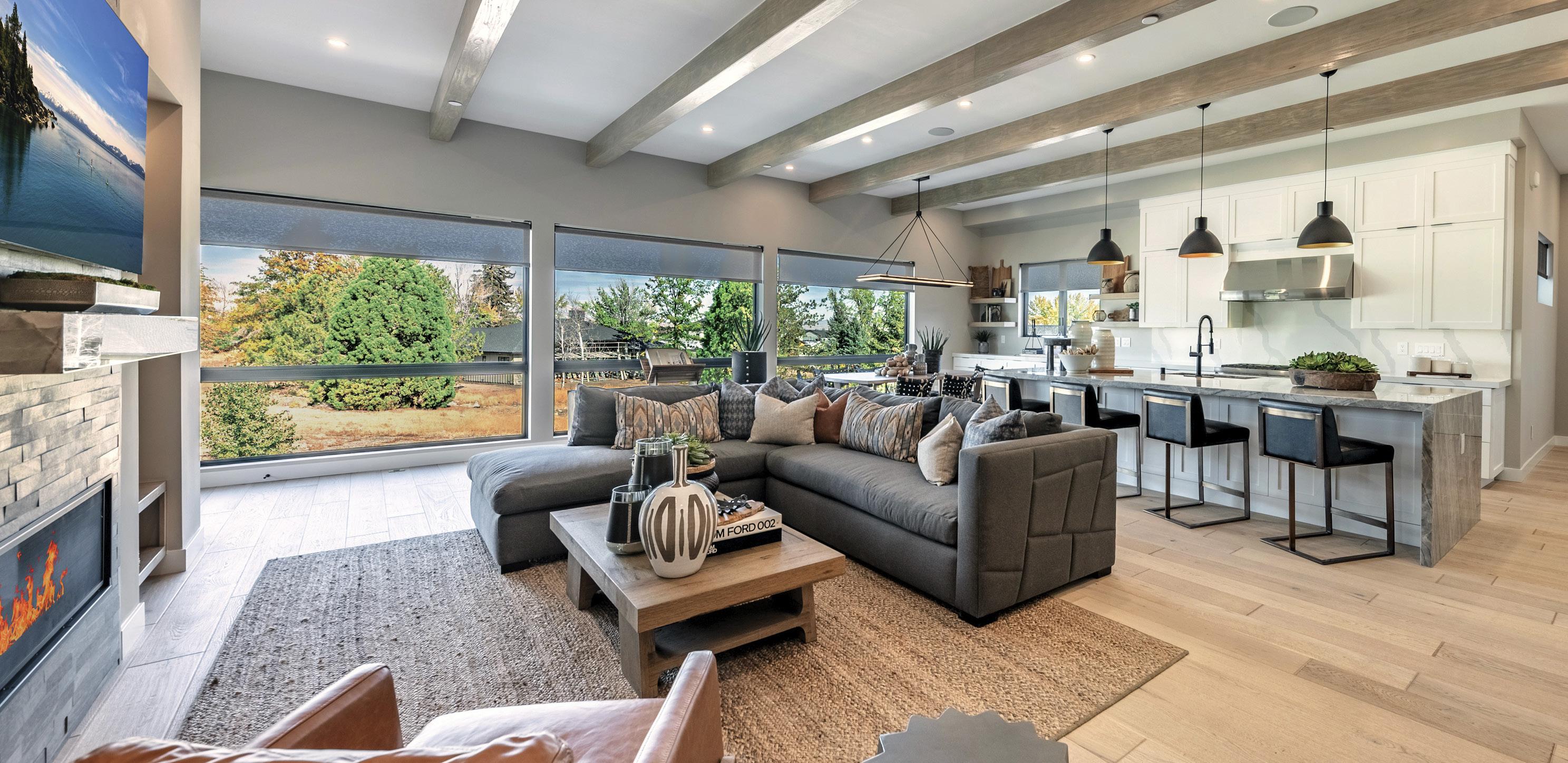
M o d e l s N o w O p e n a t R a n c h a r r a h i n
M o d e l s N o w O p e n a t R a n c h a r r a h i n R e n o Our beautifully decorated model homes, located at 22 Persano Street, are now open for tours. These two and three bedroom lock-and-leave residences are within the gated community of Rancharrah. Enjoy club membership with exclusive access to the pool, spa, sports courts, gourmet dining and fitness center. To schedule a private tour, call Heather Houston at 775-420-4292 or visit TheVillasRancharrah.com
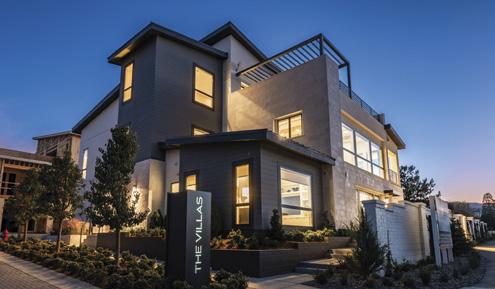

Our beautifully decorated model homes, located at 22 Persano Street, are now open for tours. These two and three bedroom lock-and-leave residences are within the gated community of Rancharrah. Enjoy club membership with exclusive access to the pool, spa, sports courts, gourmet dining and fitness center. To schedule a private tour, call Heather Houston at 775-420-4292 or visit TheVillasRancharrah.com
 Offered by: Dickson Realty, Heather Houston, Realtor, NV Lic# S.176629
Offered by: Dickson Realty, Heather Houston, Realtor, NV Lic# S.176629
Offered by: Dickson Realty, Heather Houston, Realtor, NV Lic# S.176629
Offered by: Dickson Realty, Heather Houston, Realtor, NV Lic# S.176629
$1.6 $1.6$1.9 $1.9$2.2 $2.2$2.5 $2.5$3.0 $3.0$3.5 $3.5$4.0 $4.0$5.0 $5.0$6.0 $6.0+

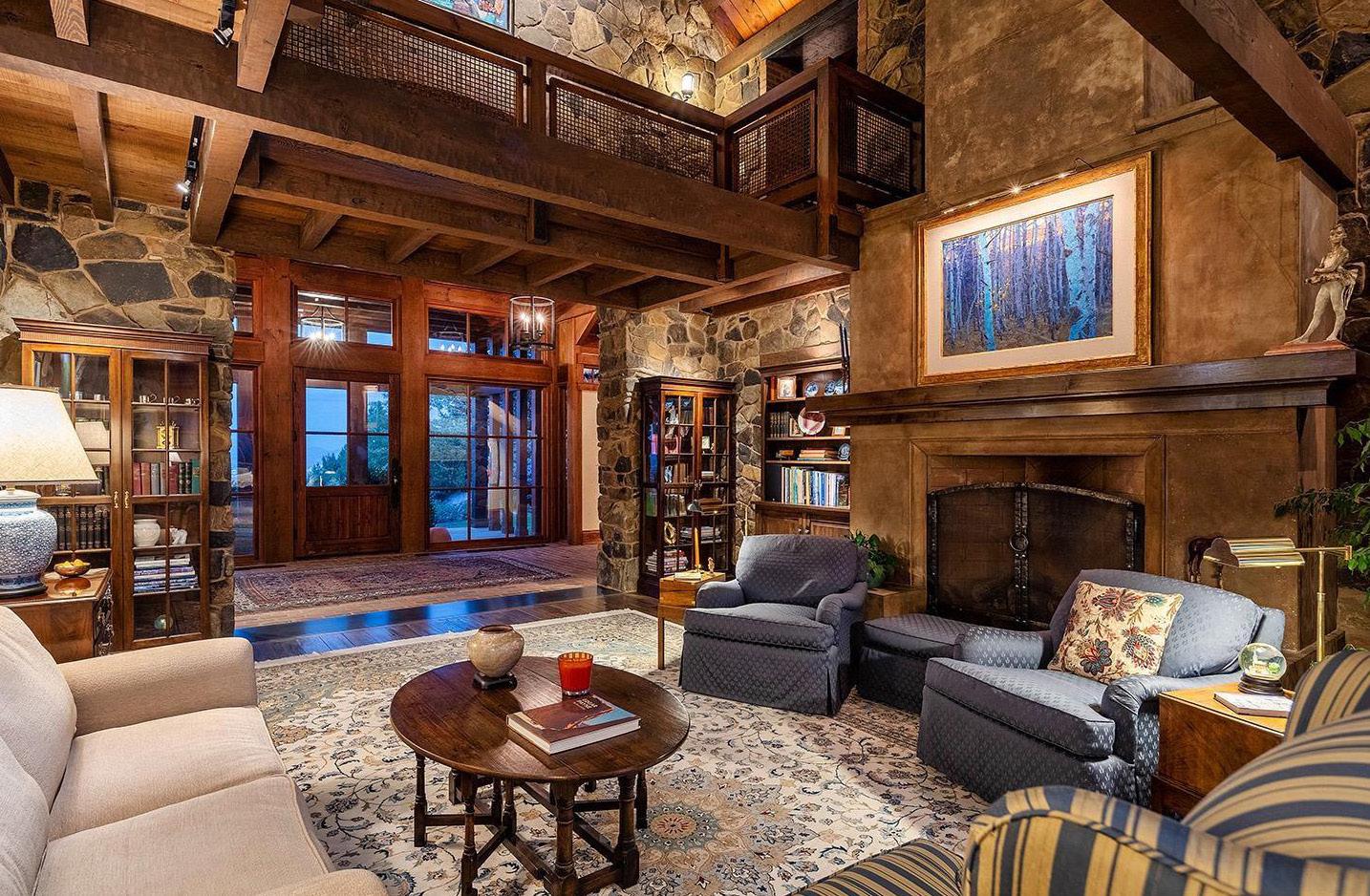


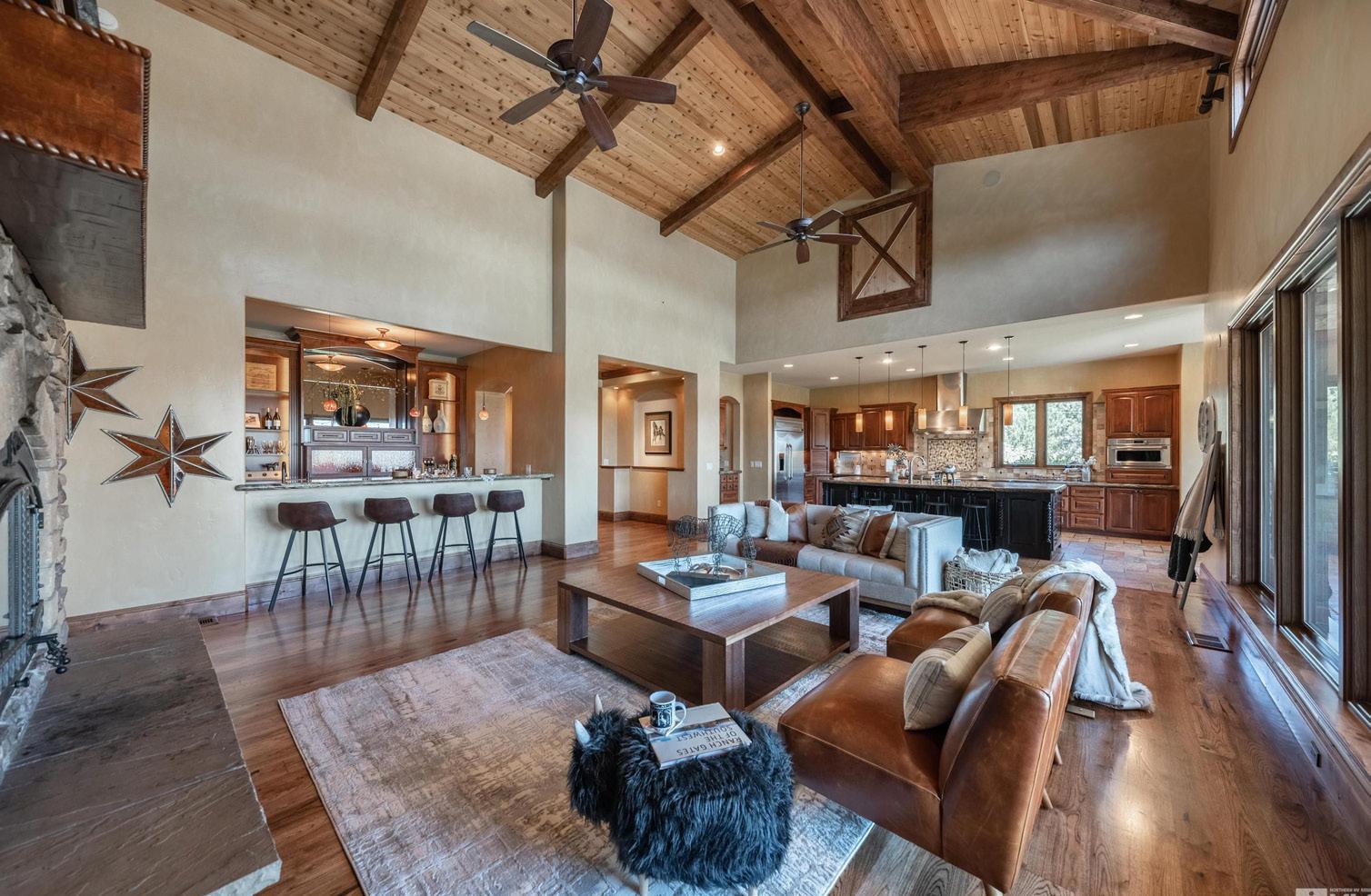
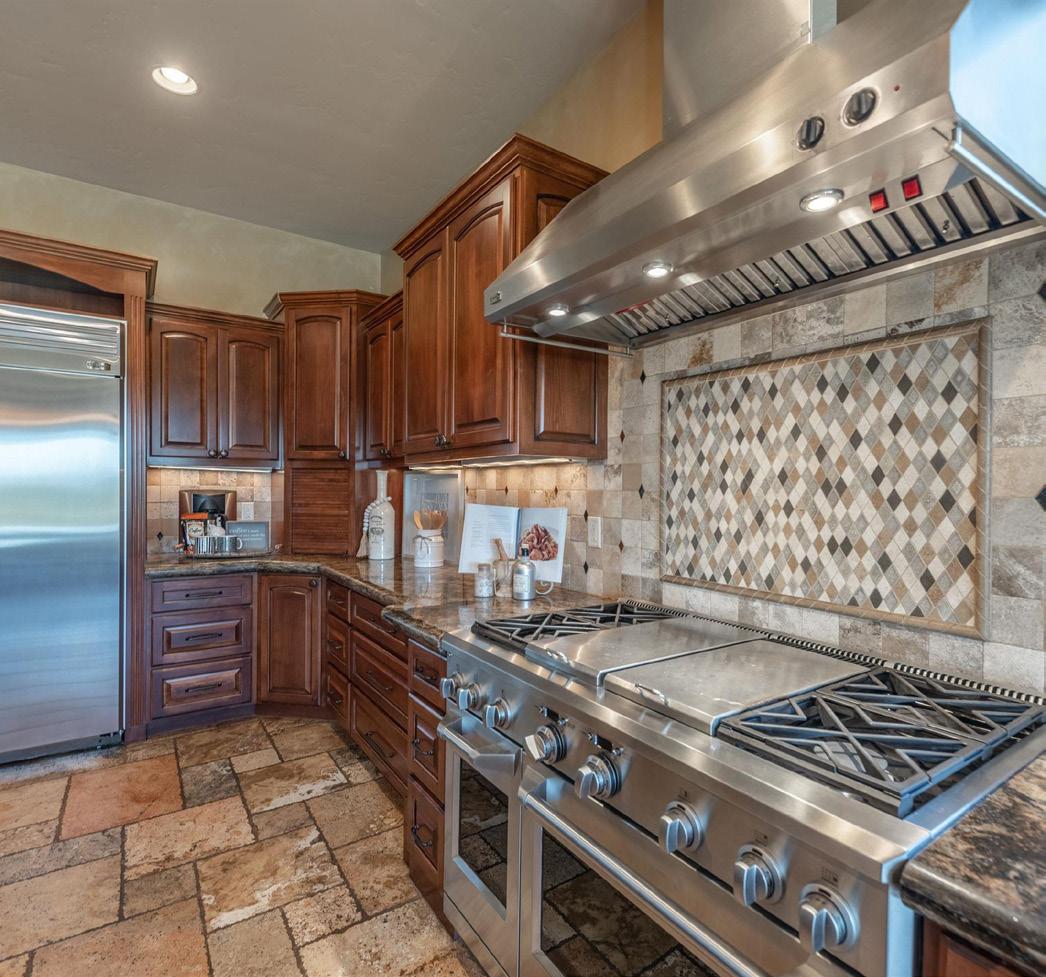
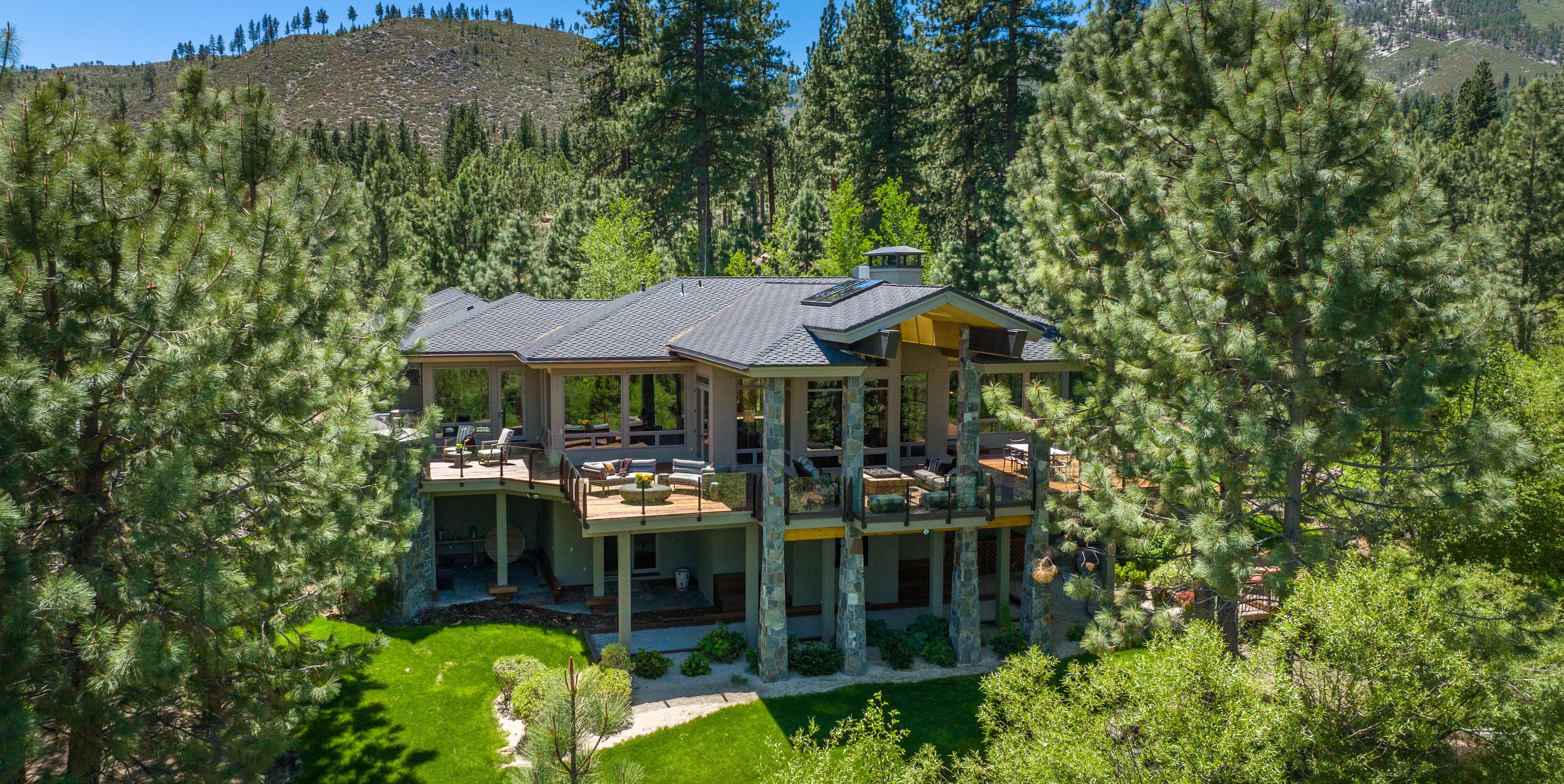
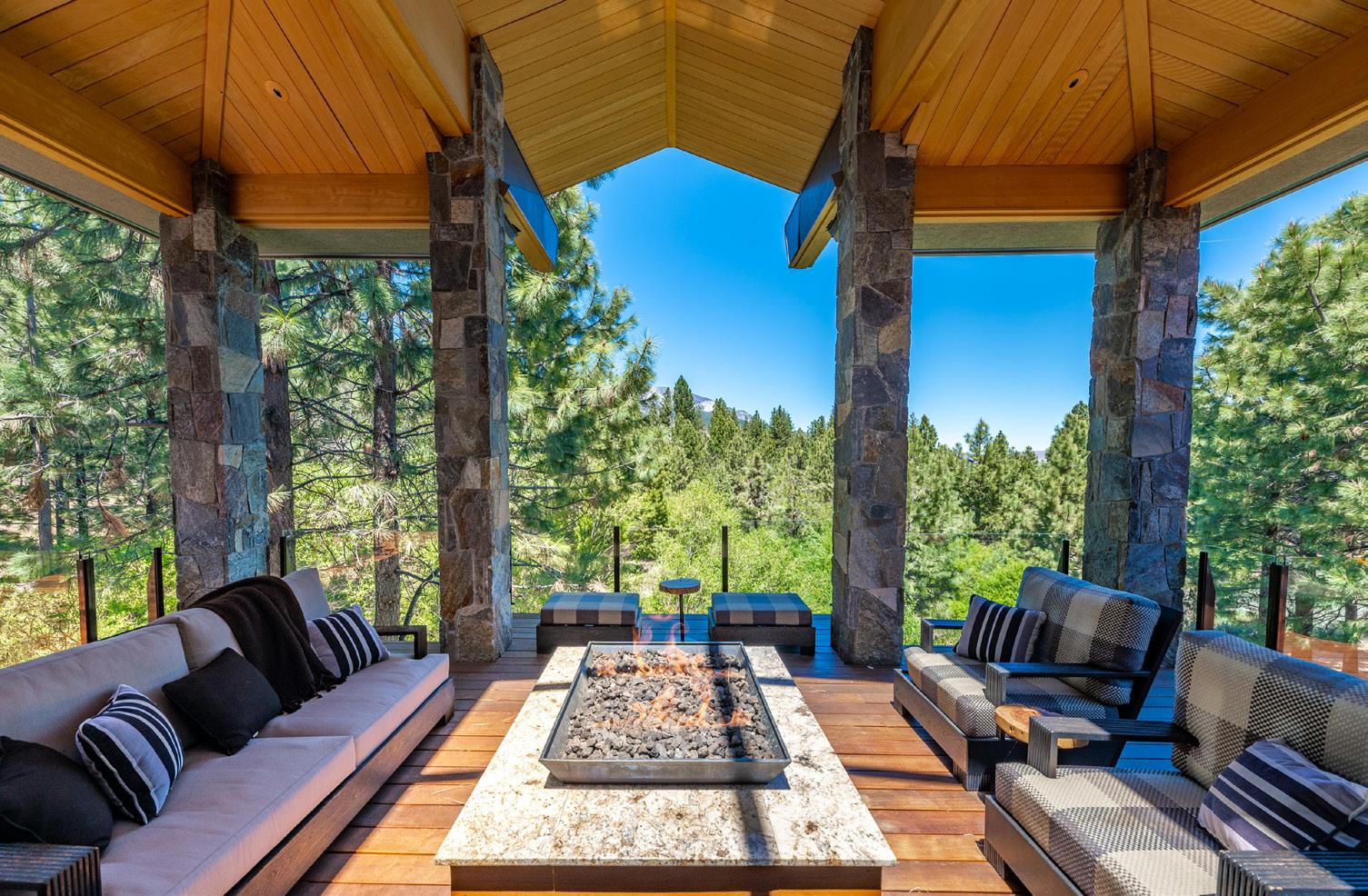

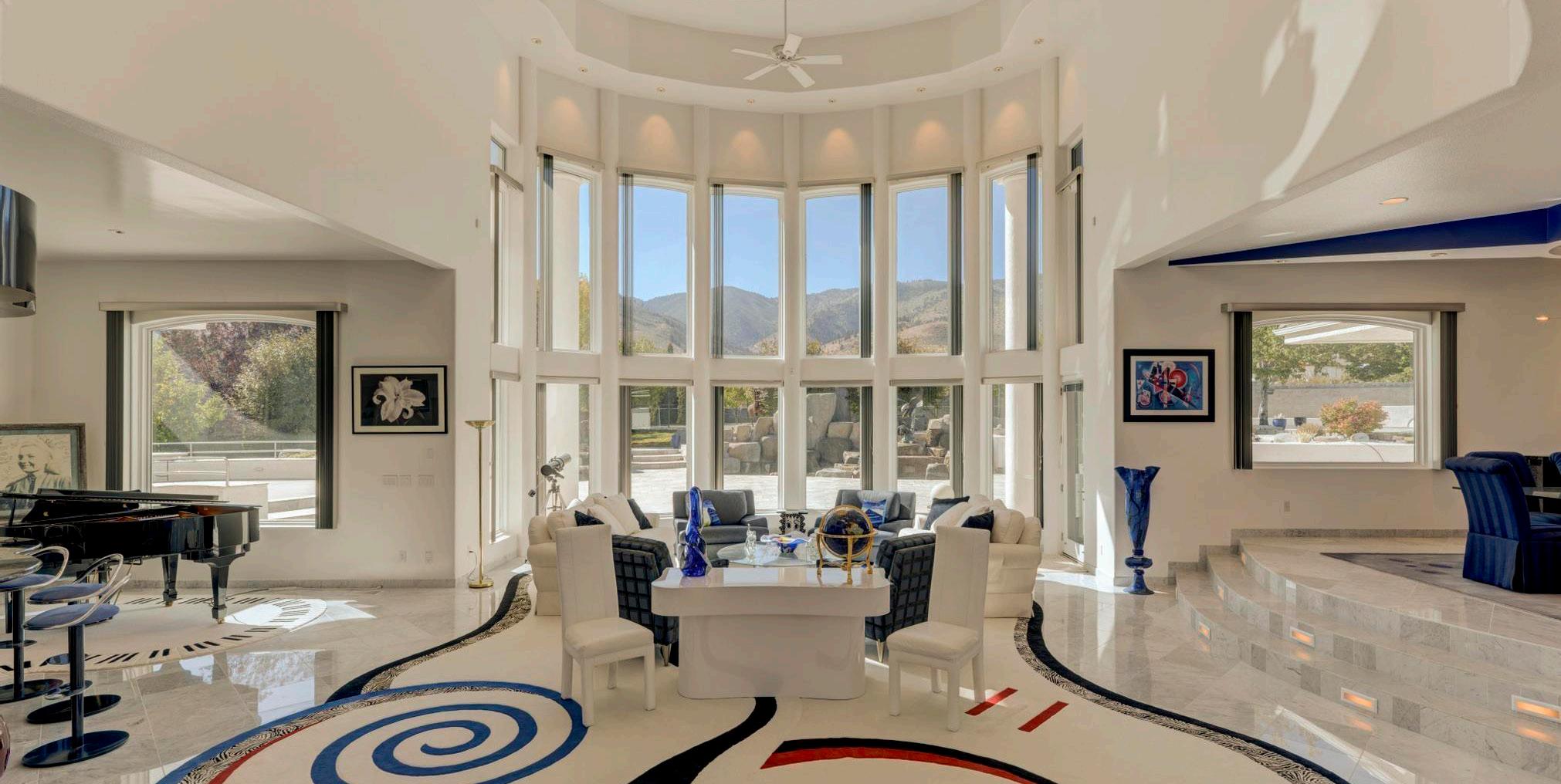

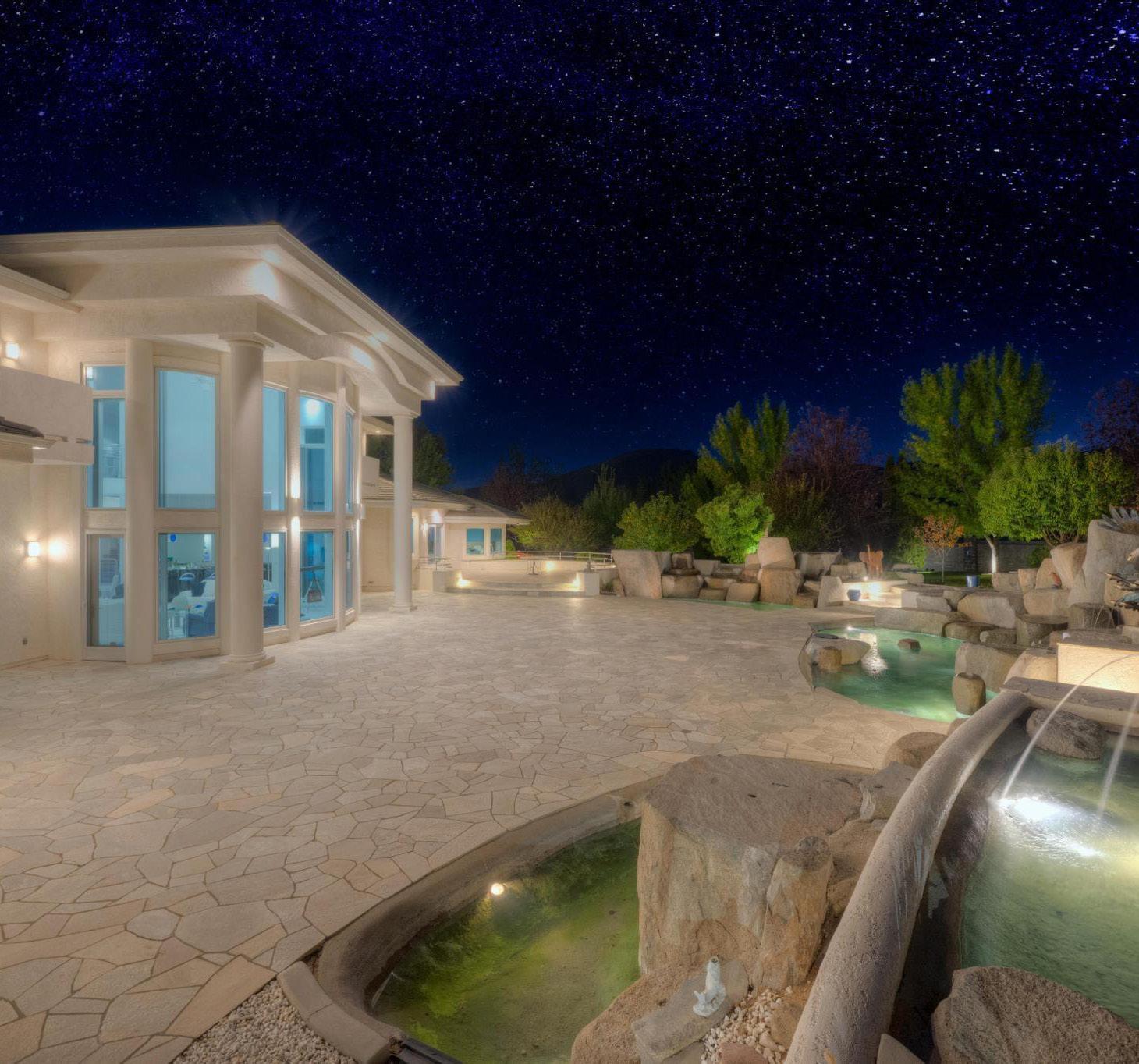
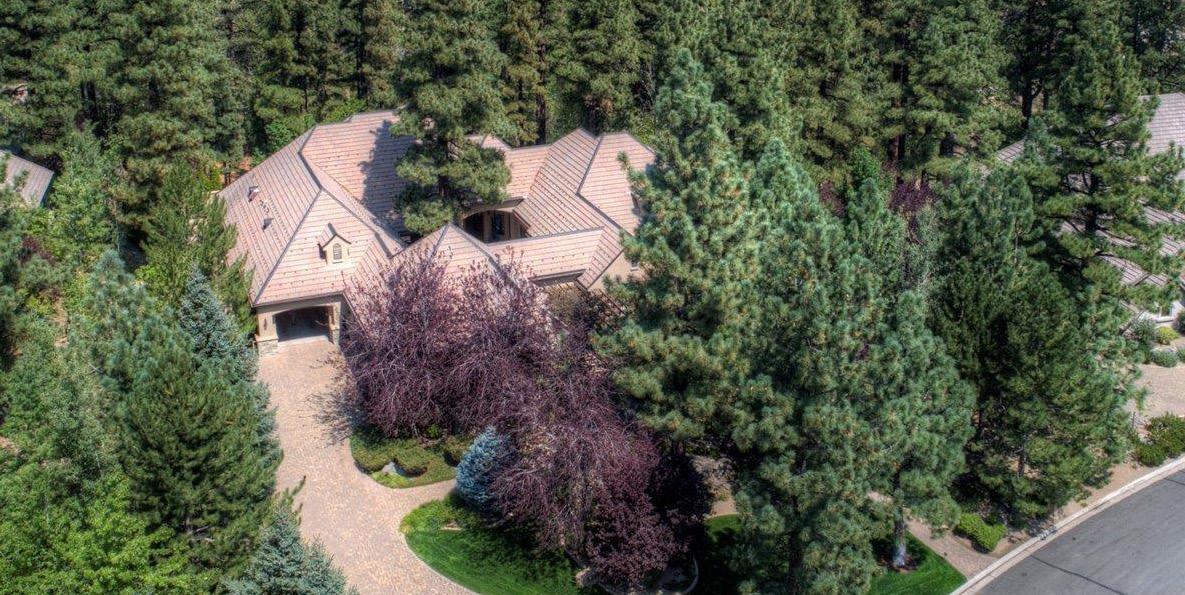


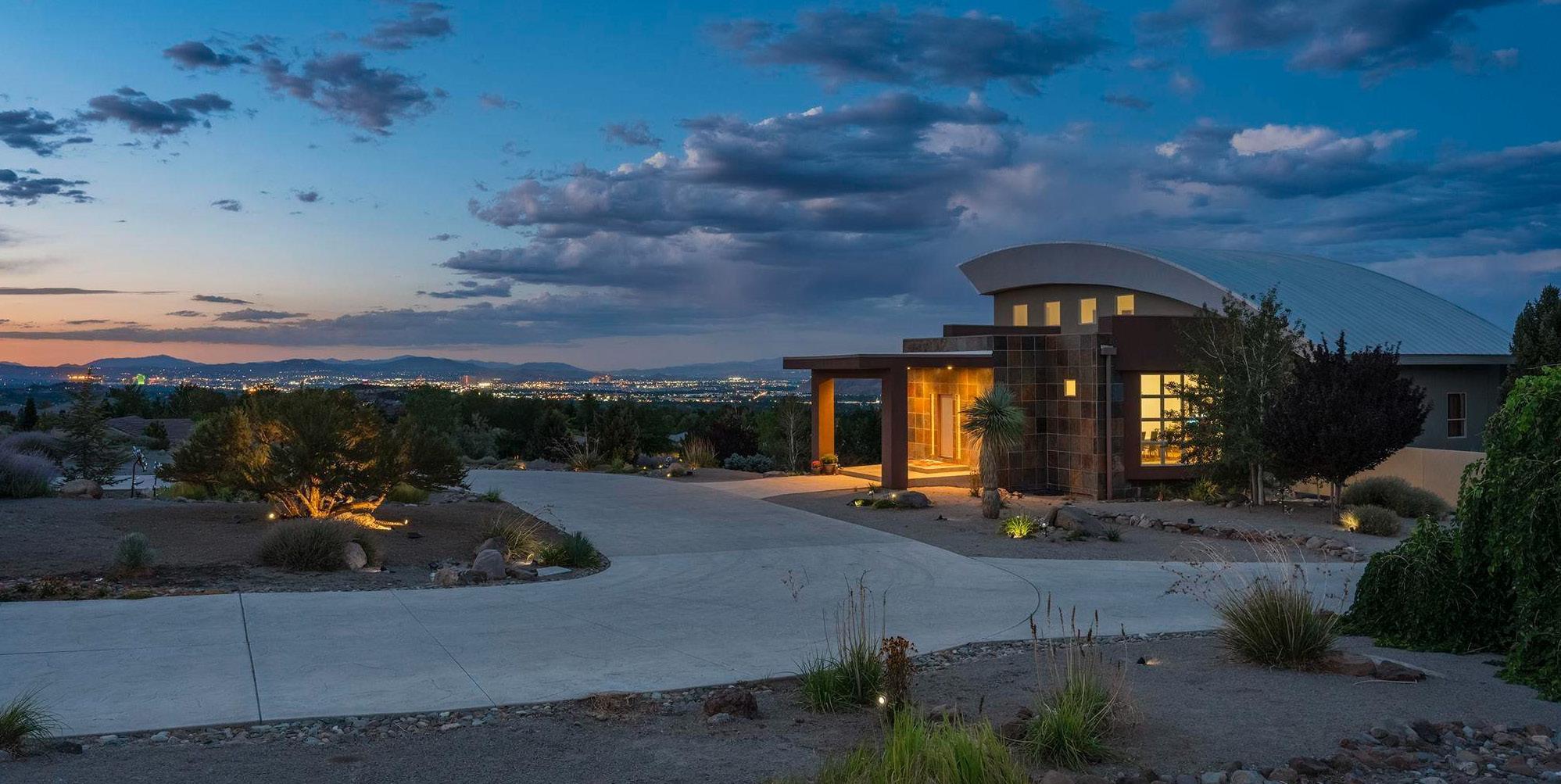


Spectacular custom home in gated ArrowCreek. 1.67 acres with unobstructed city & mountain views! Circular drive with Porta cache. Foyer leads to grand, open great room, kitchen, formal dining overlooking the city lights & grounds. Extensive landscape and outdoor living spaces creating a private luxury retreat complete with putting green, outdoor kitchen, fireplace & water feature. Main level living includes master suite, 3 additional bedrooms. Perfect for comfortable luxury living or 5 star entertaining.






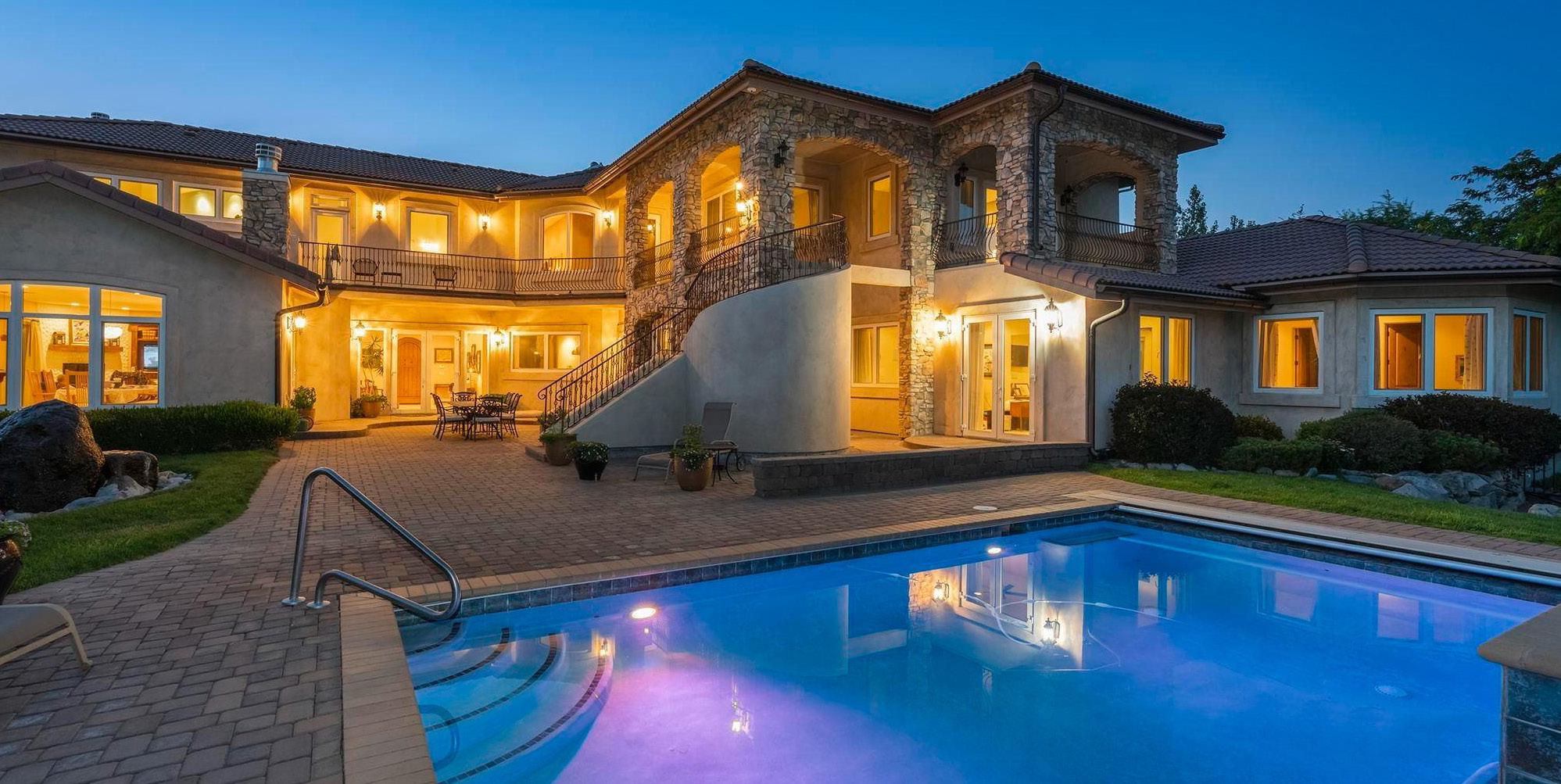



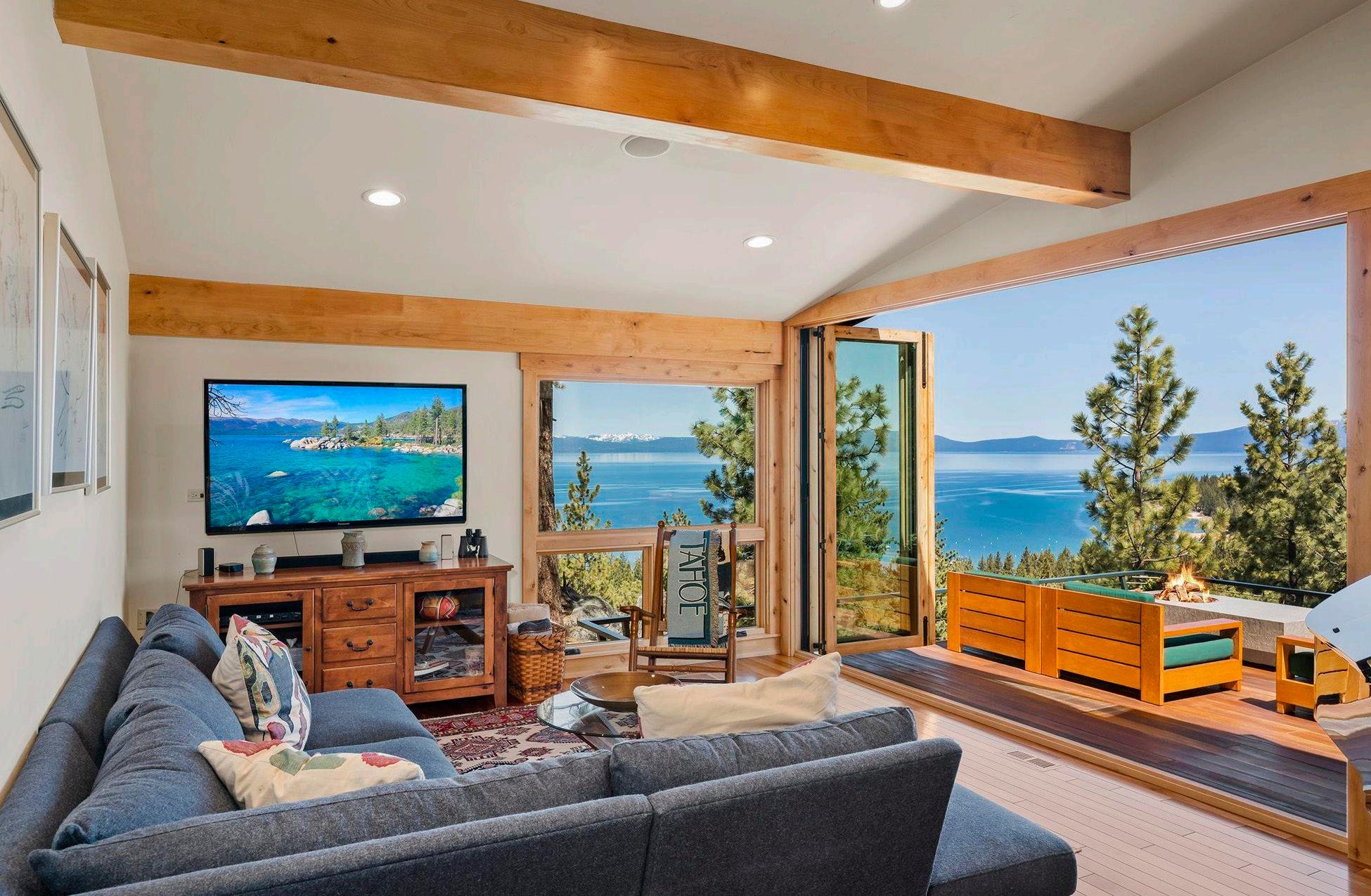
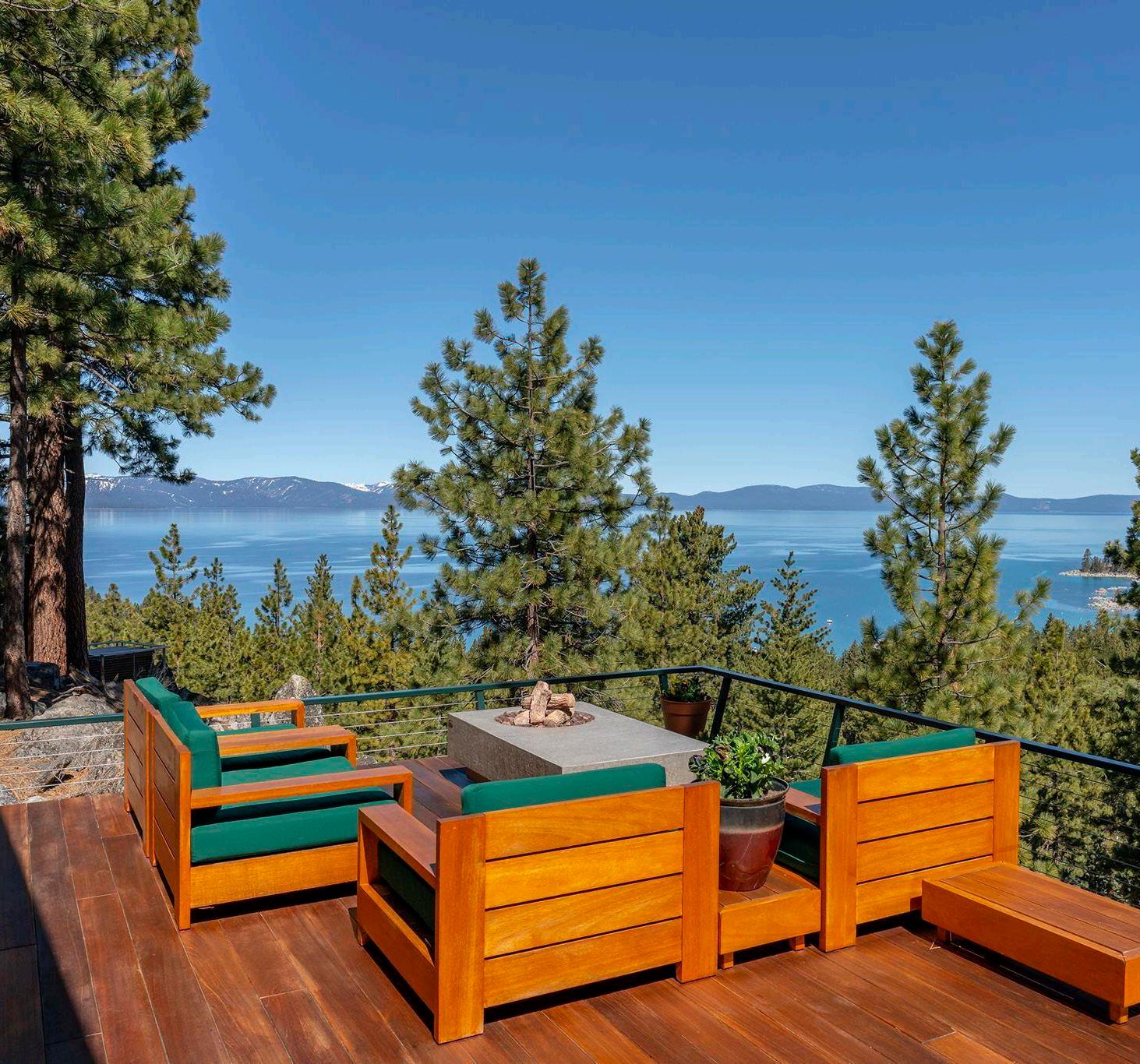
Nestled in the pine and aspen trees of St. James Village on 1.92 acres, a spacious mountain paradise with expansive views and breathtaking sunsets, wonderful wildlife encounters and outdoor adventures like no other is this magnificent Lodge Style home. The Main floor centers around the great room open to a spacious kitchen with top-of-the-line appliances; kitchen nook, formal dining room, master suite with heated floors in the master bath/shower, home office, 2nd bedroom/exercise room and powder bath.

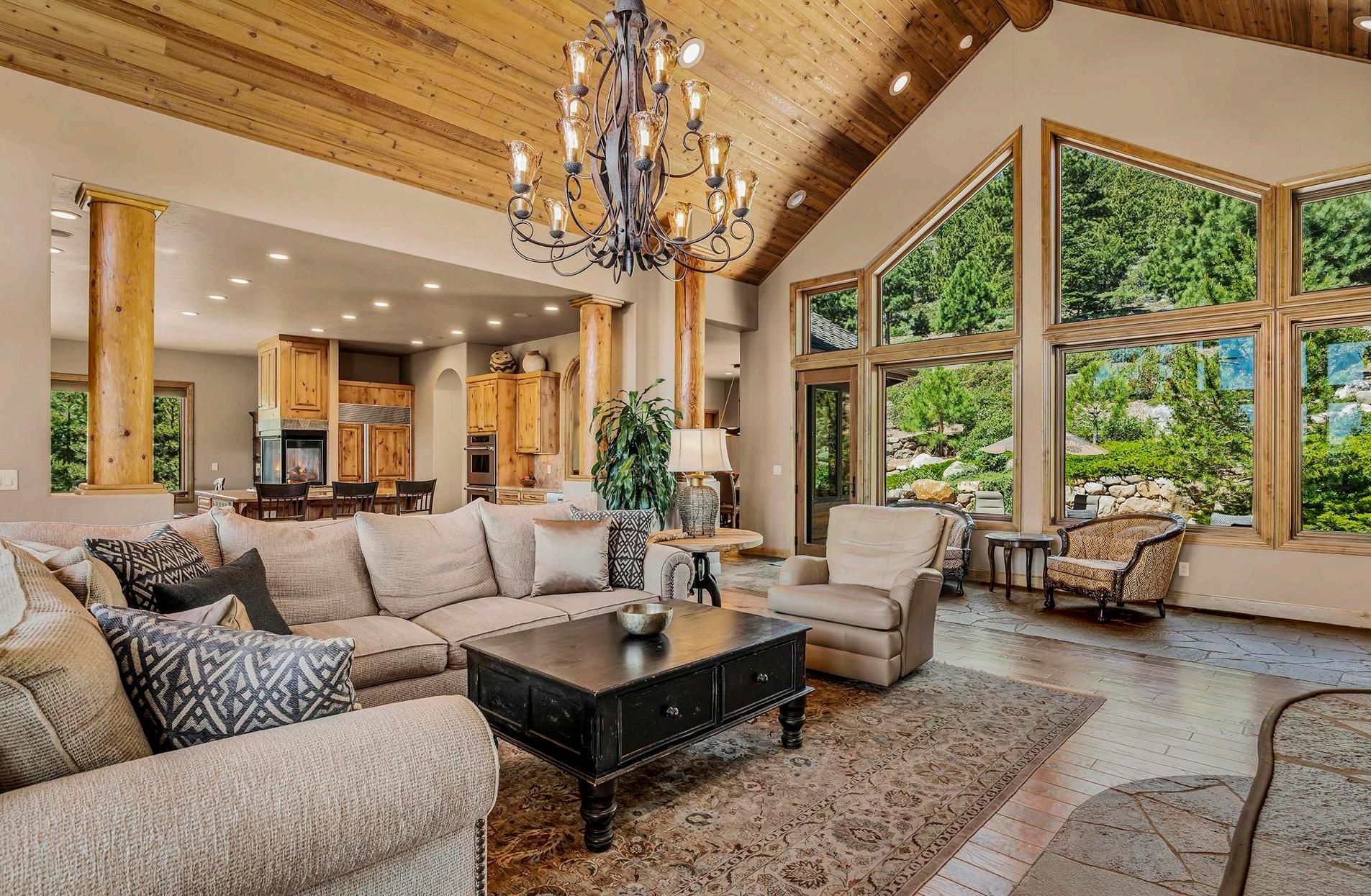







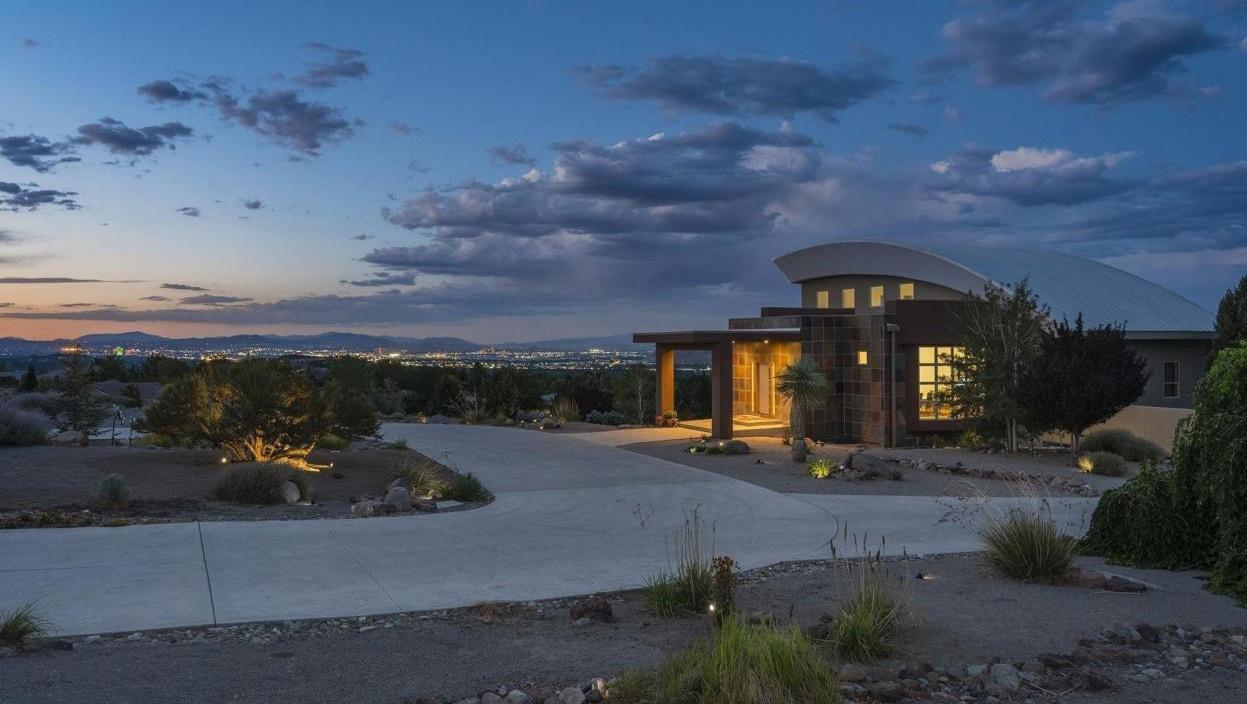



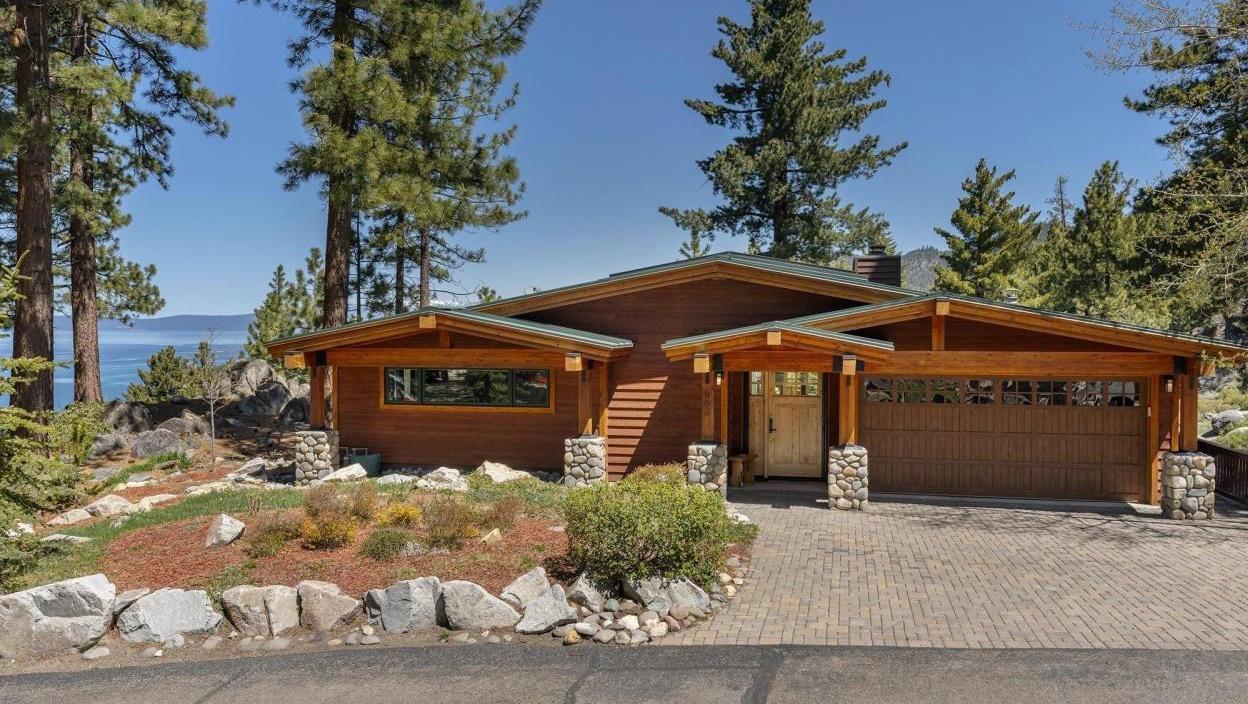


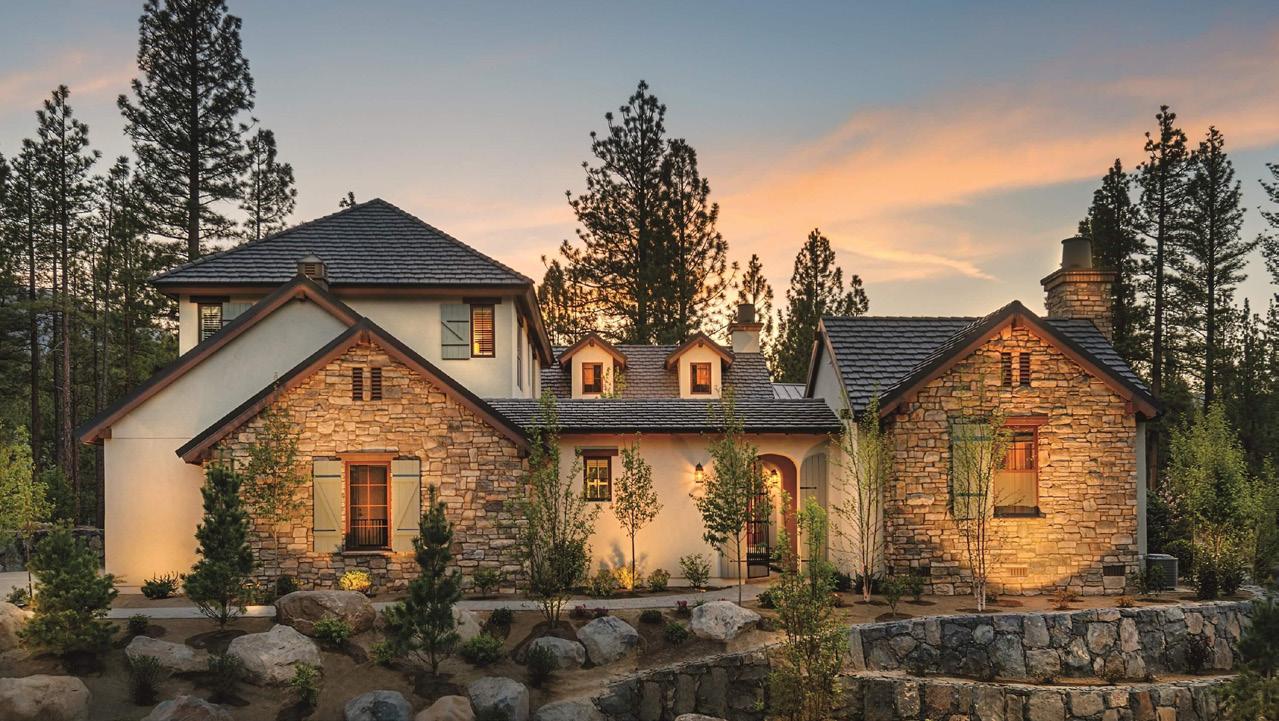




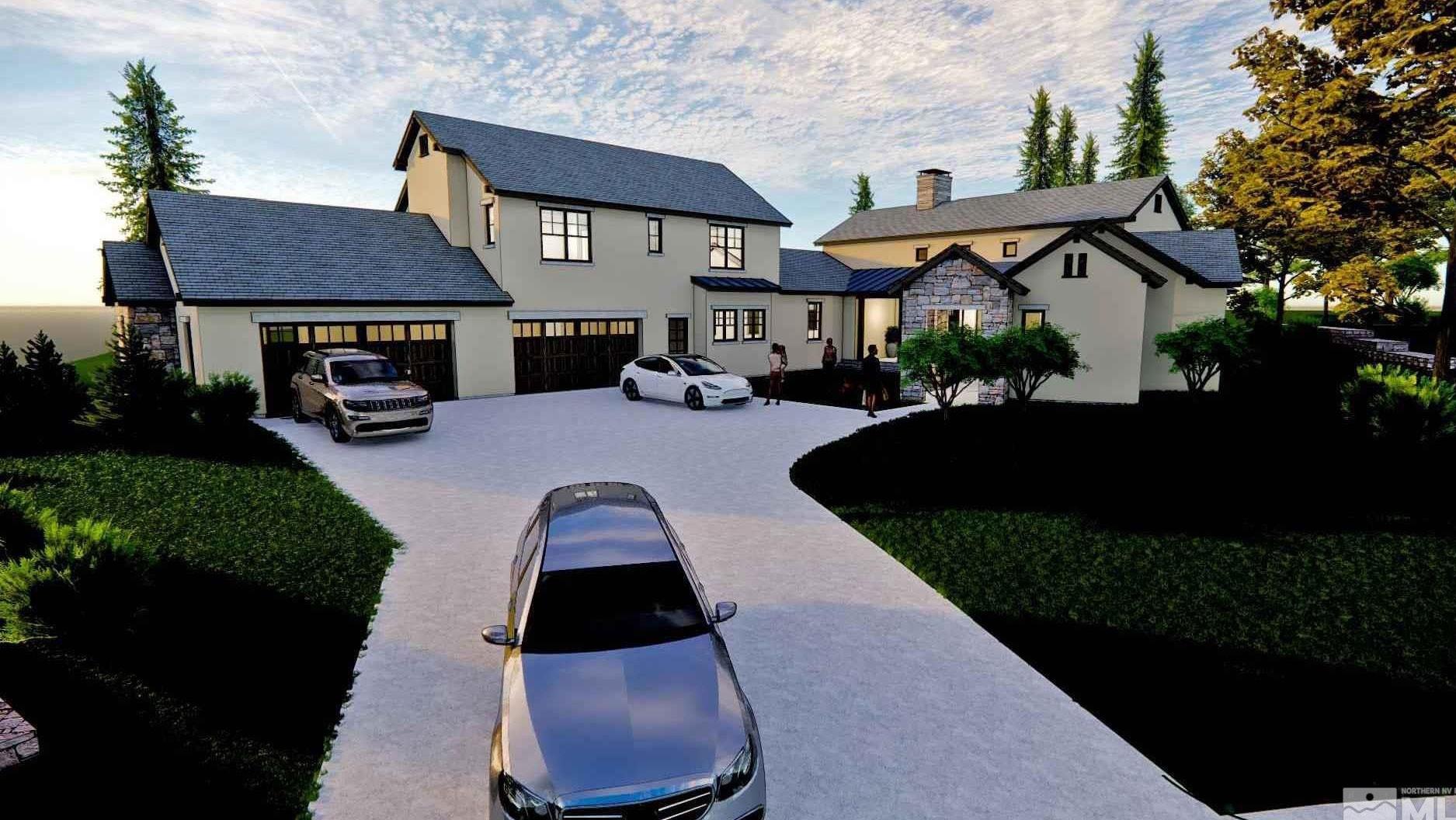

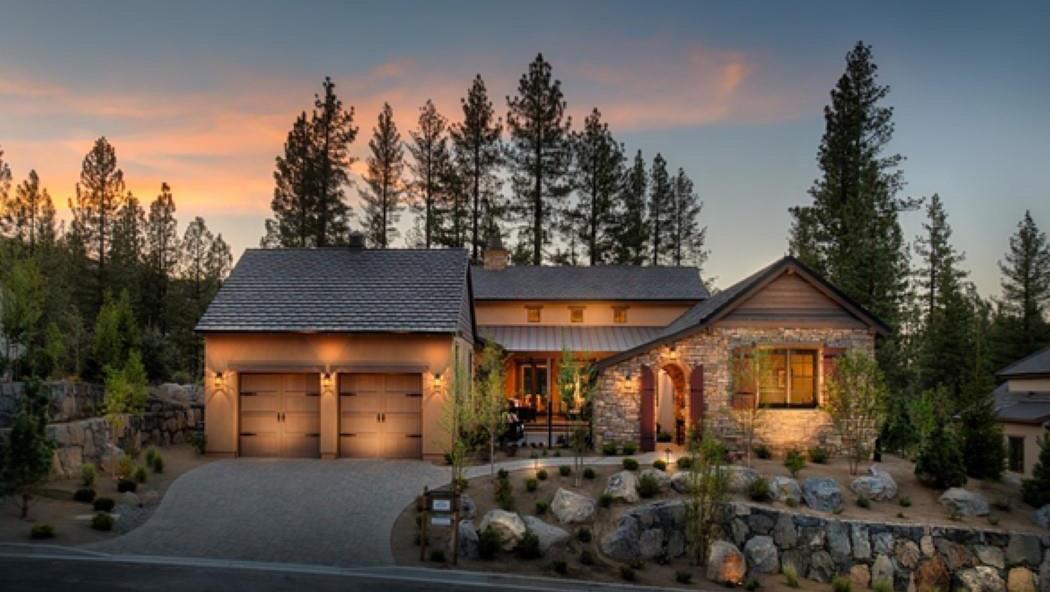

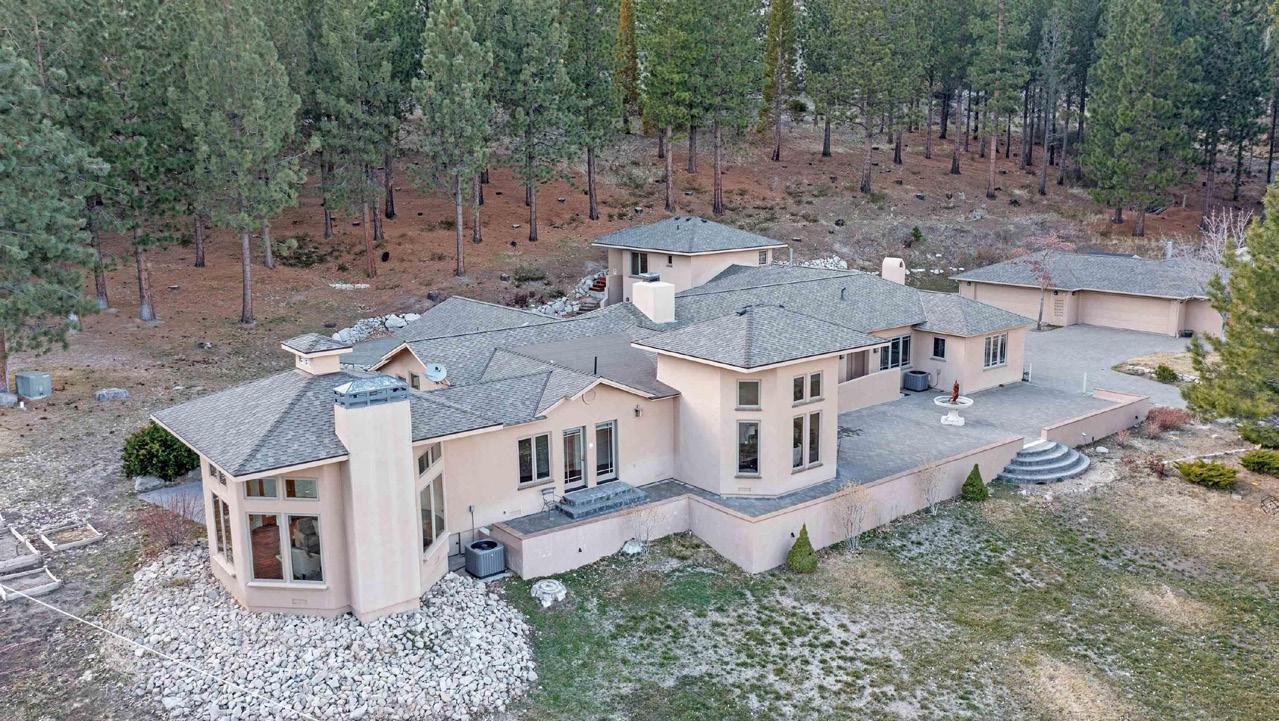
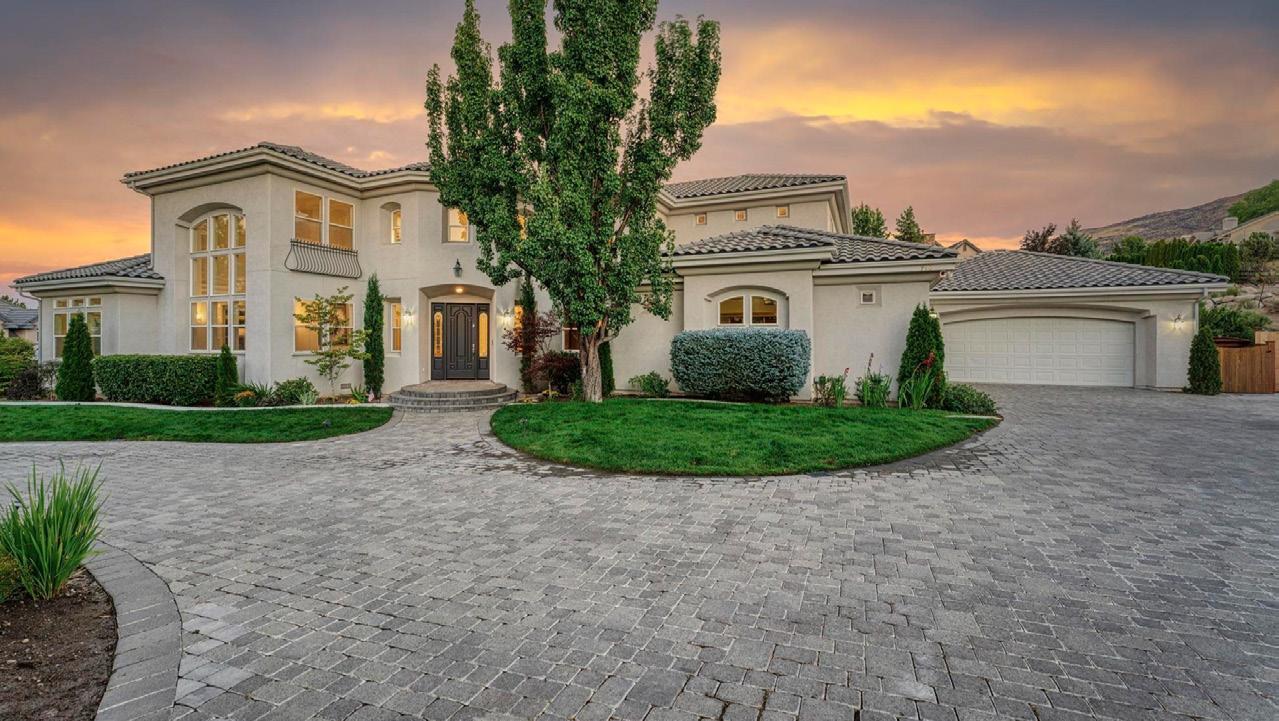
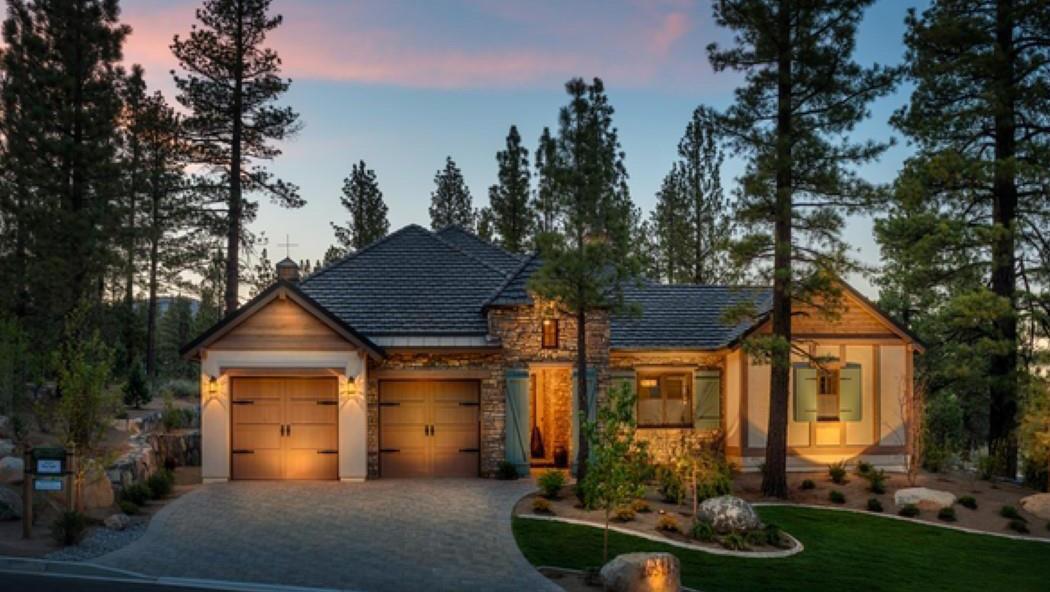

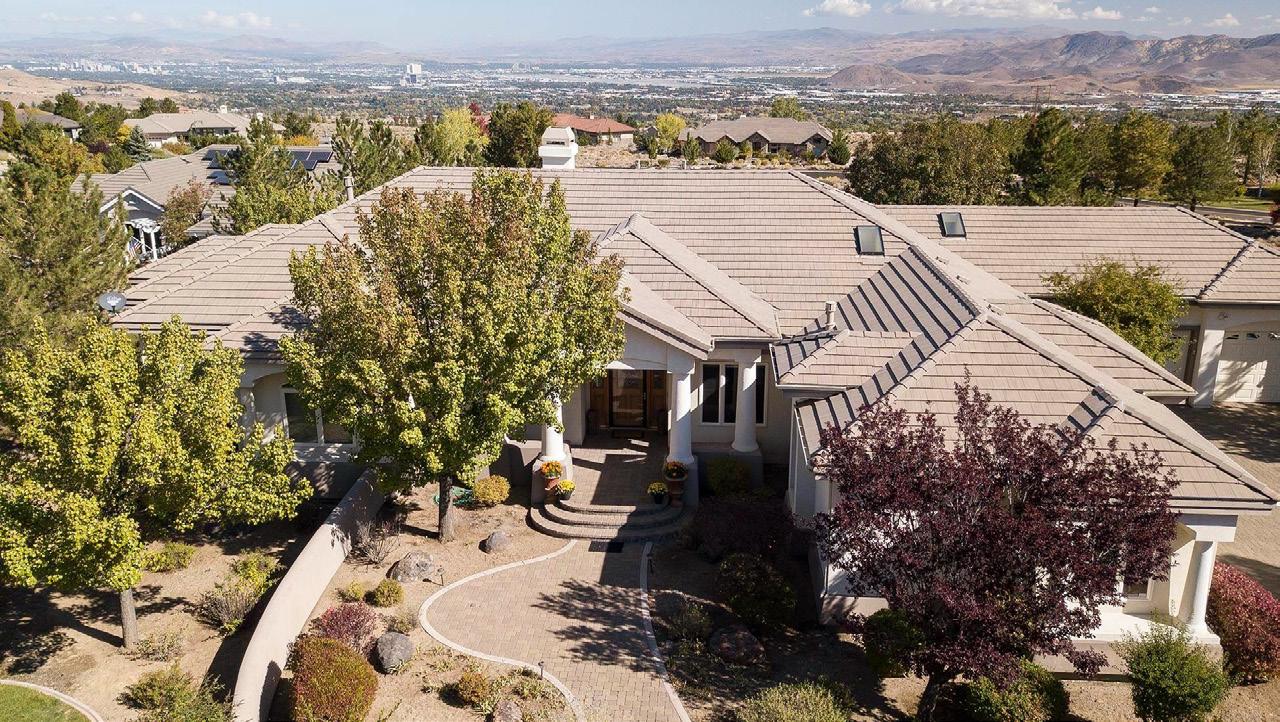

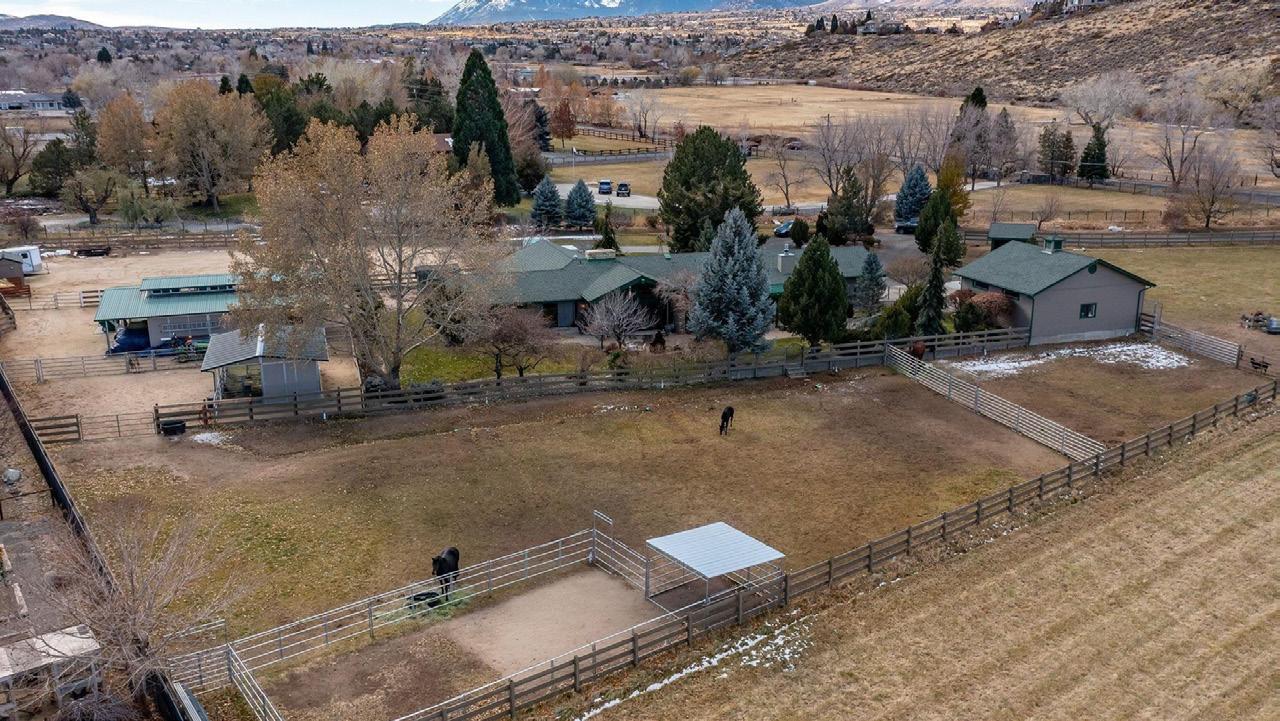
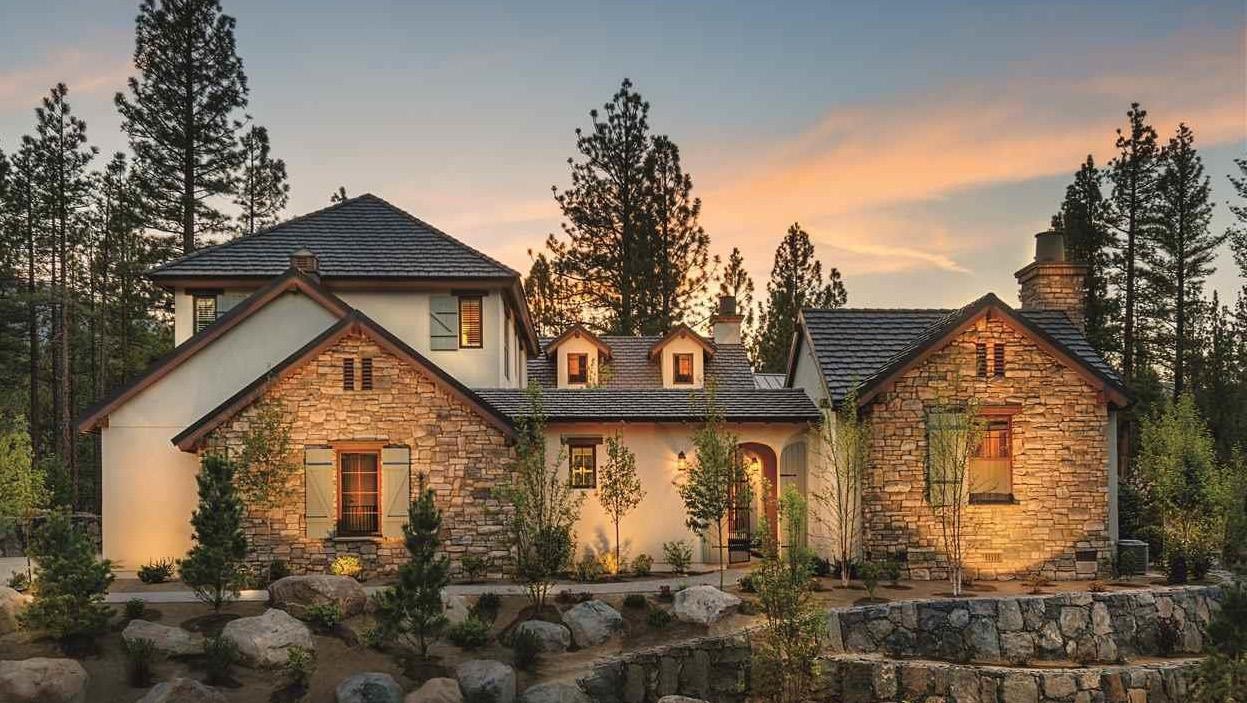



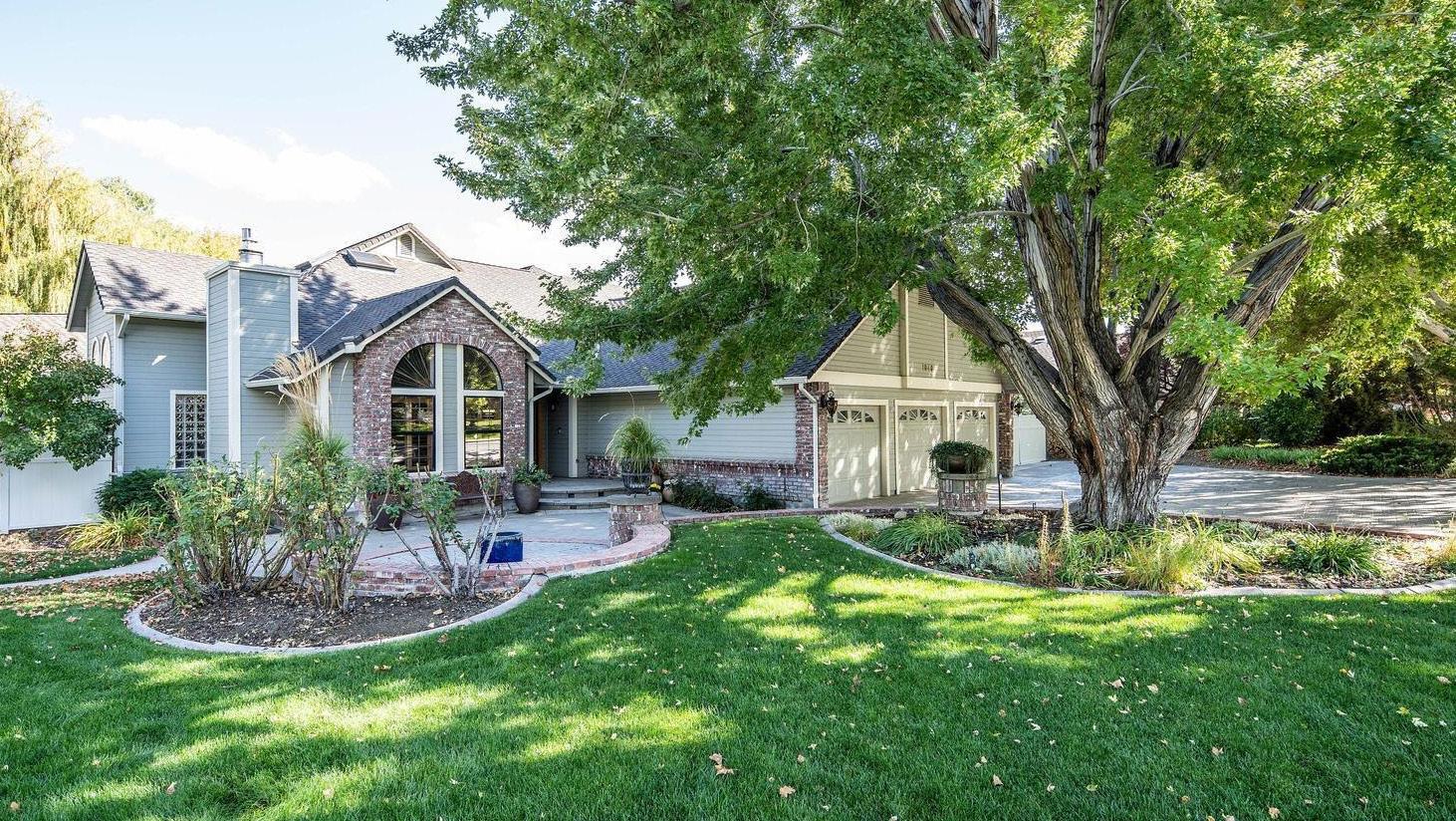




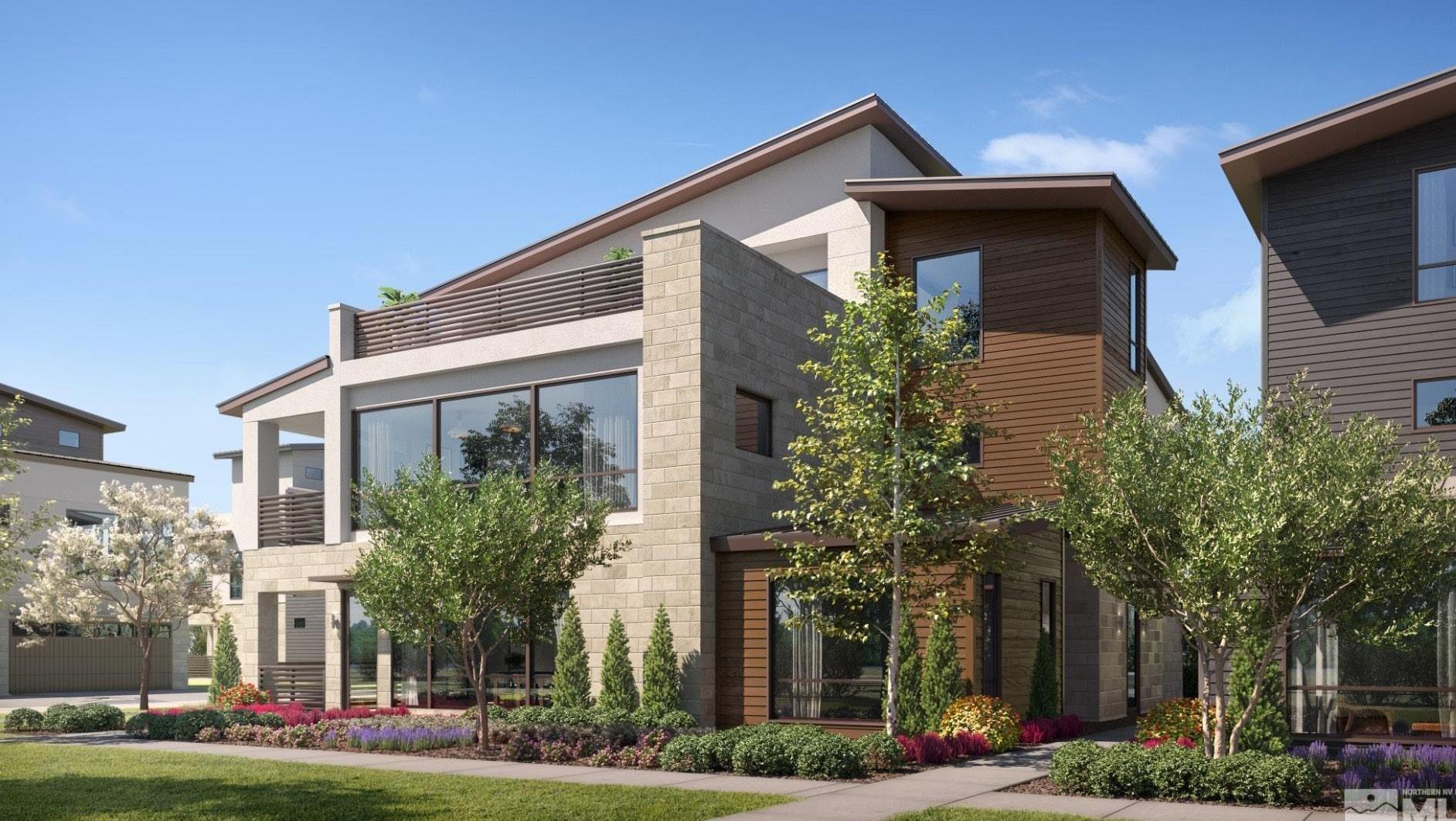







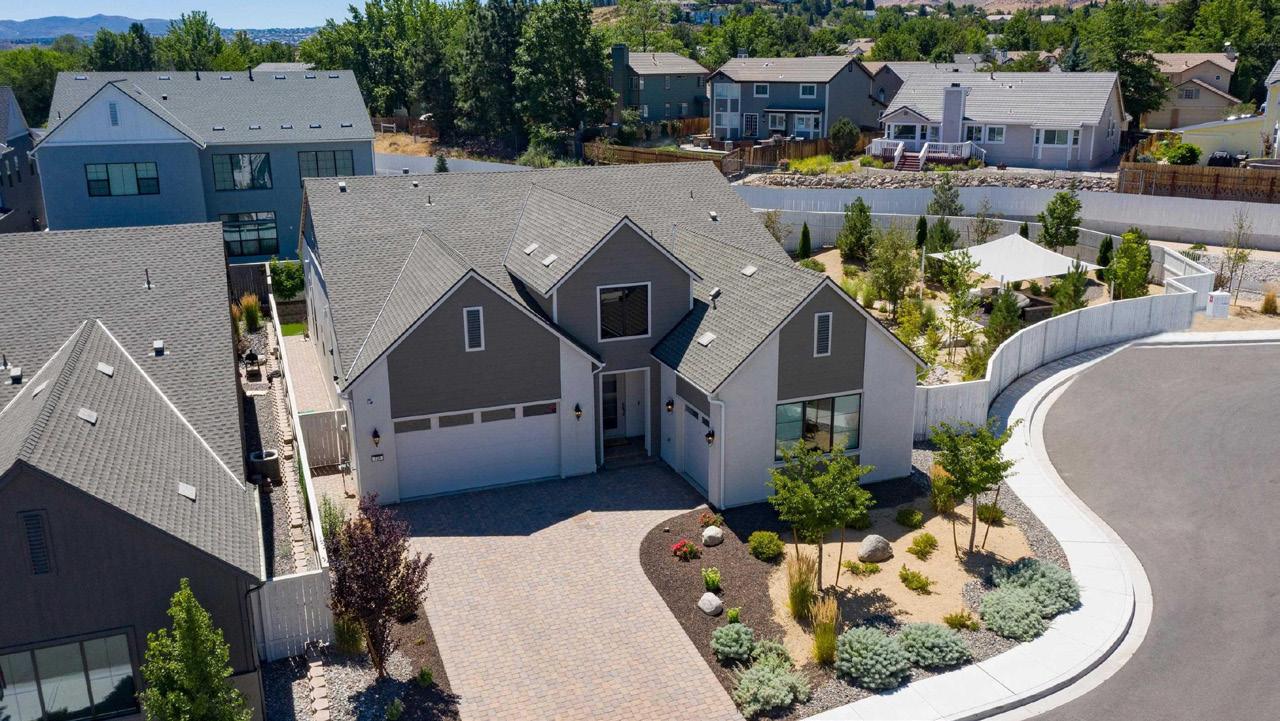
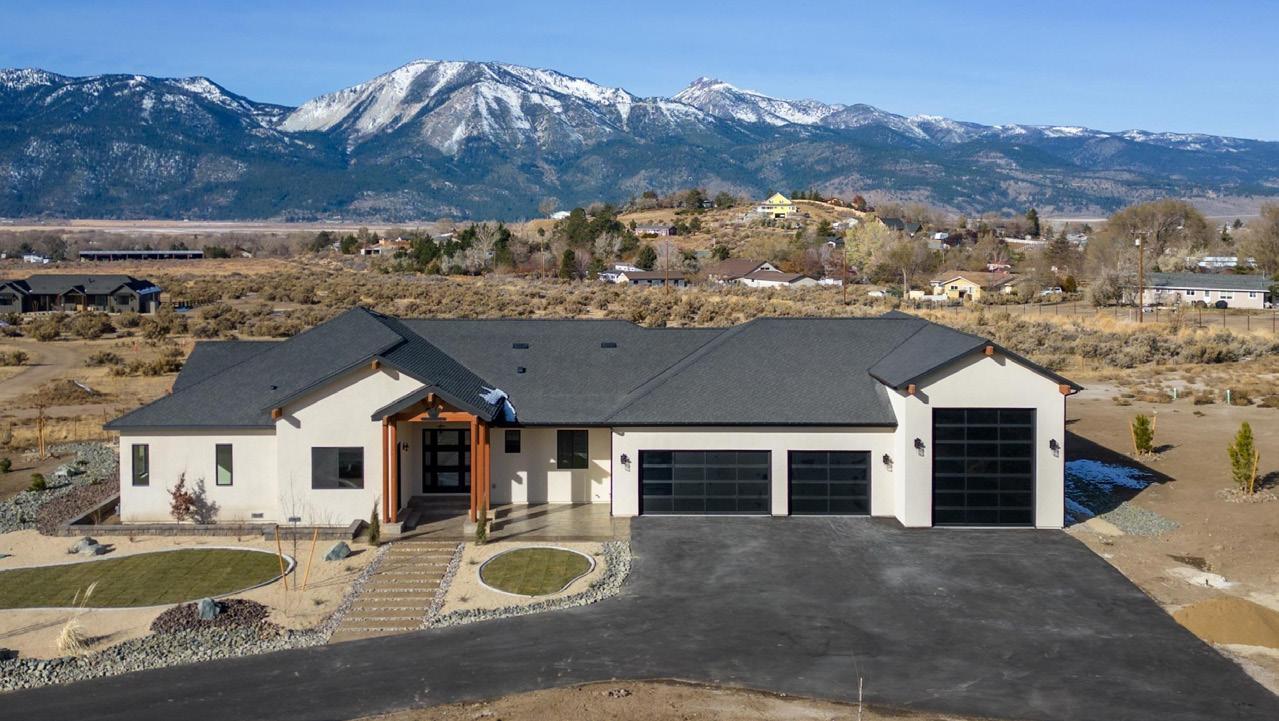


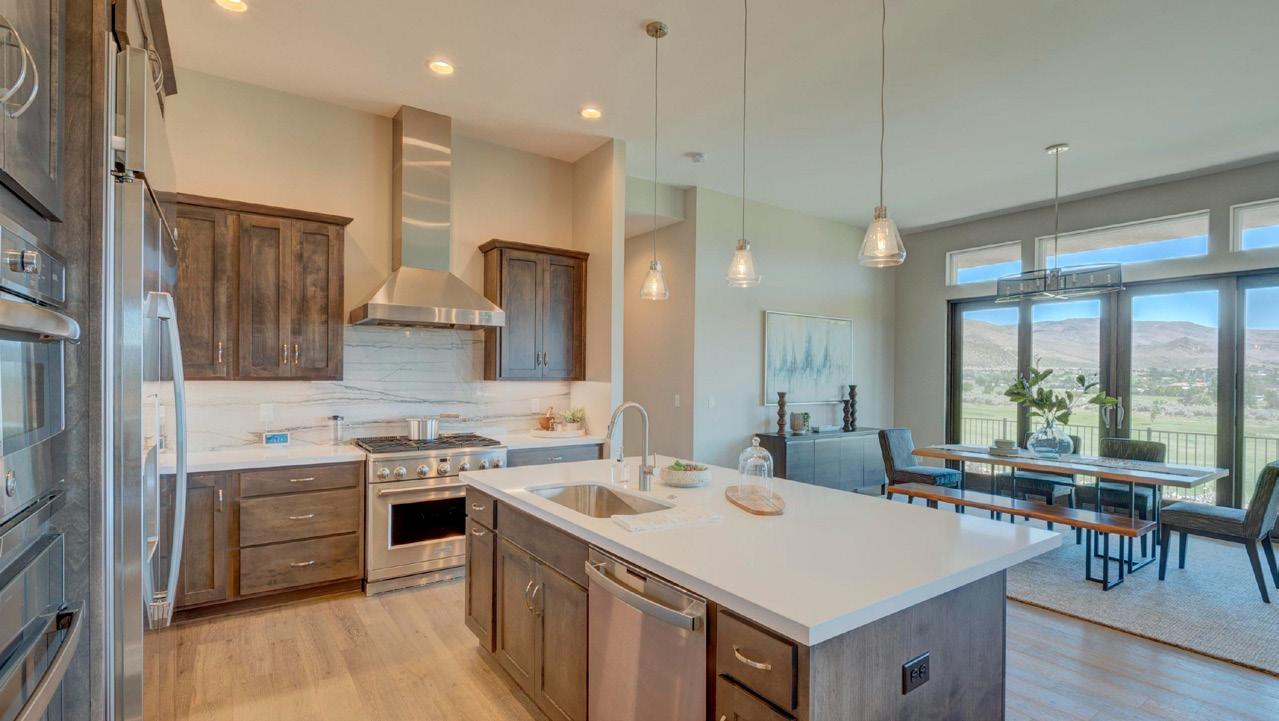

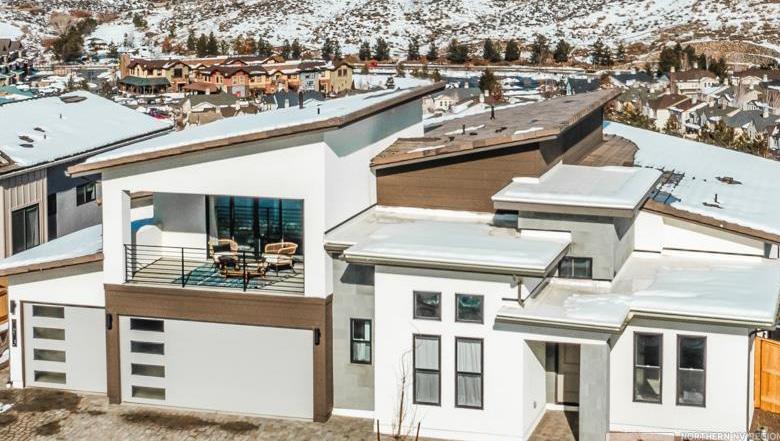
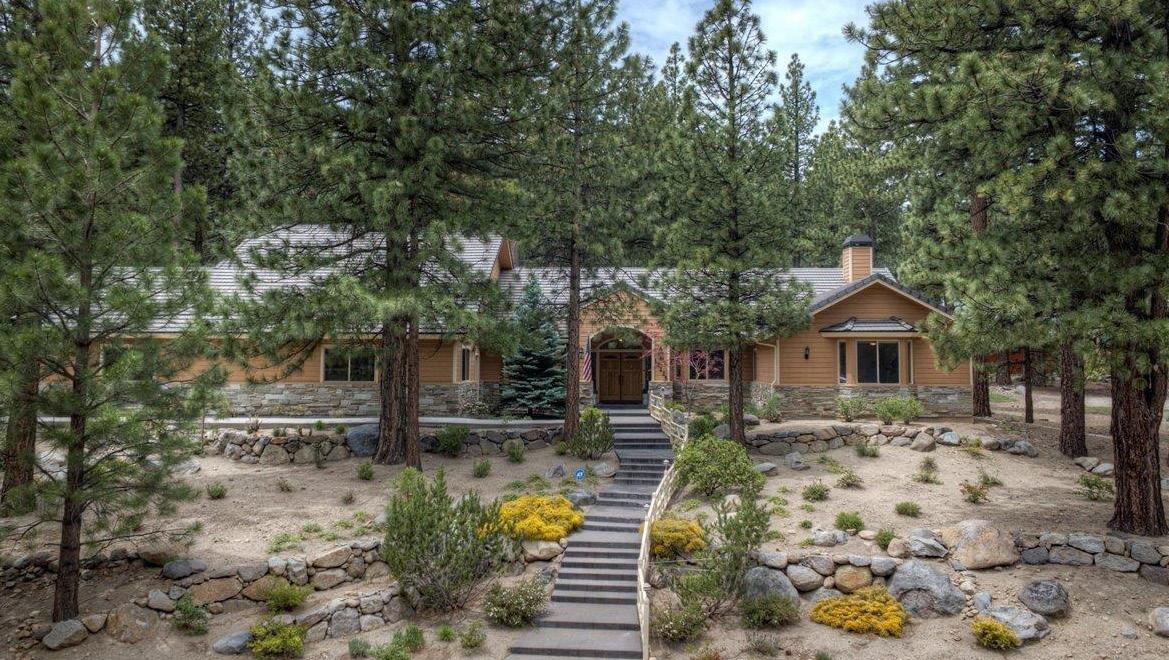



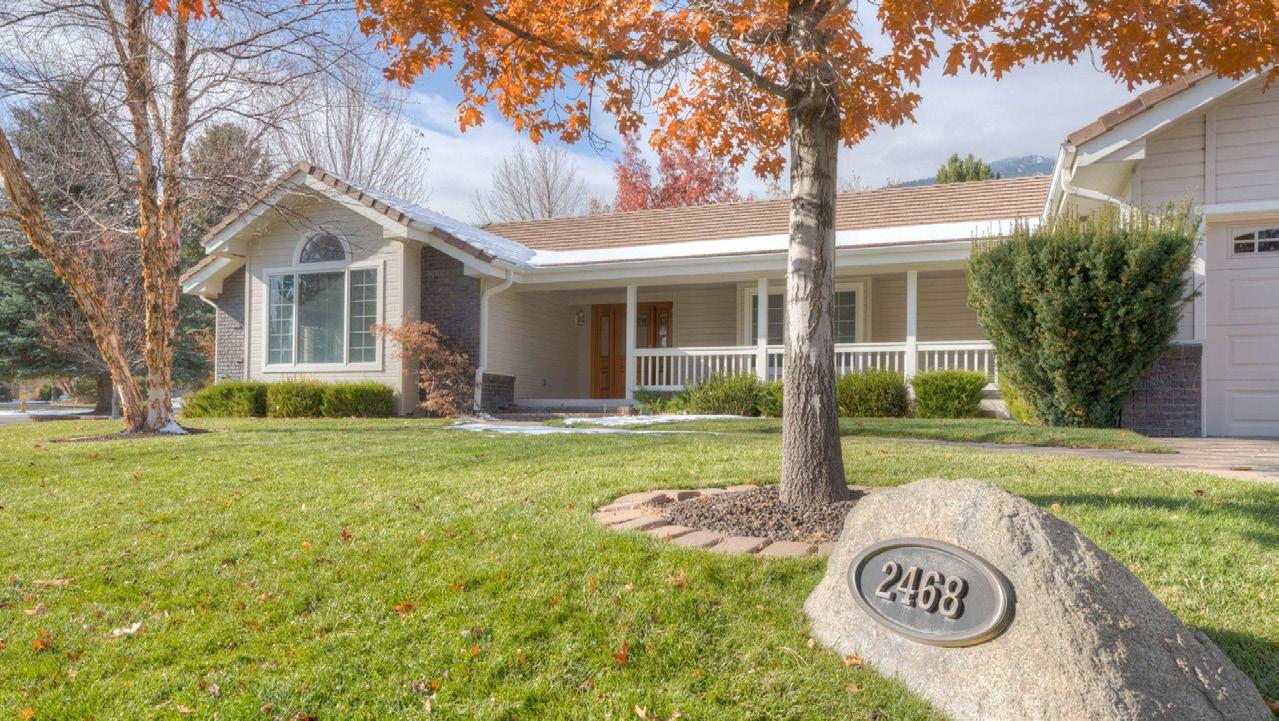






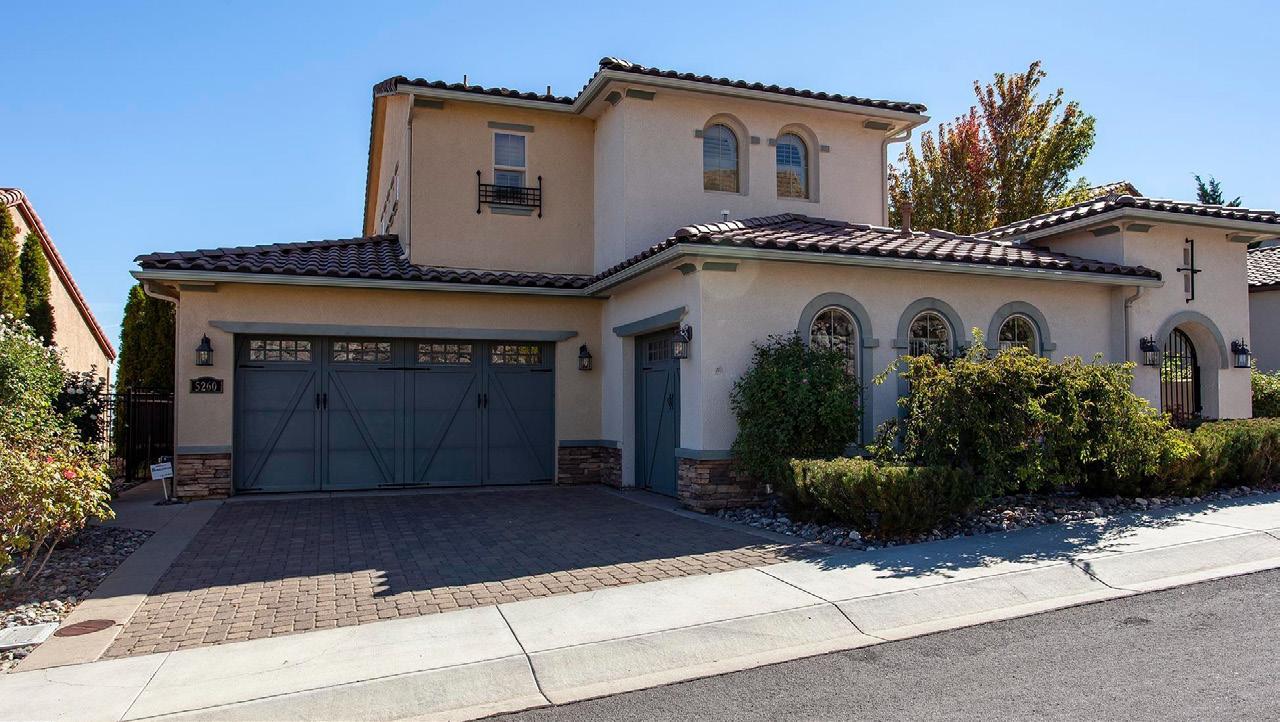
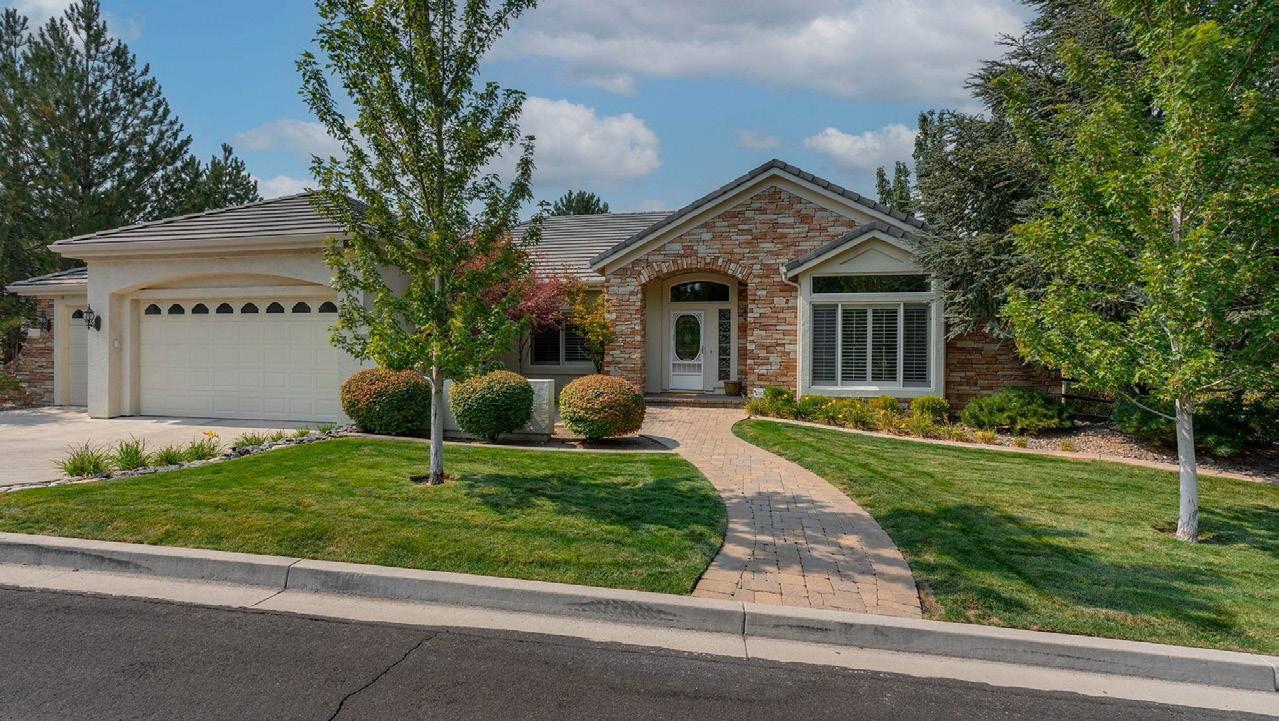
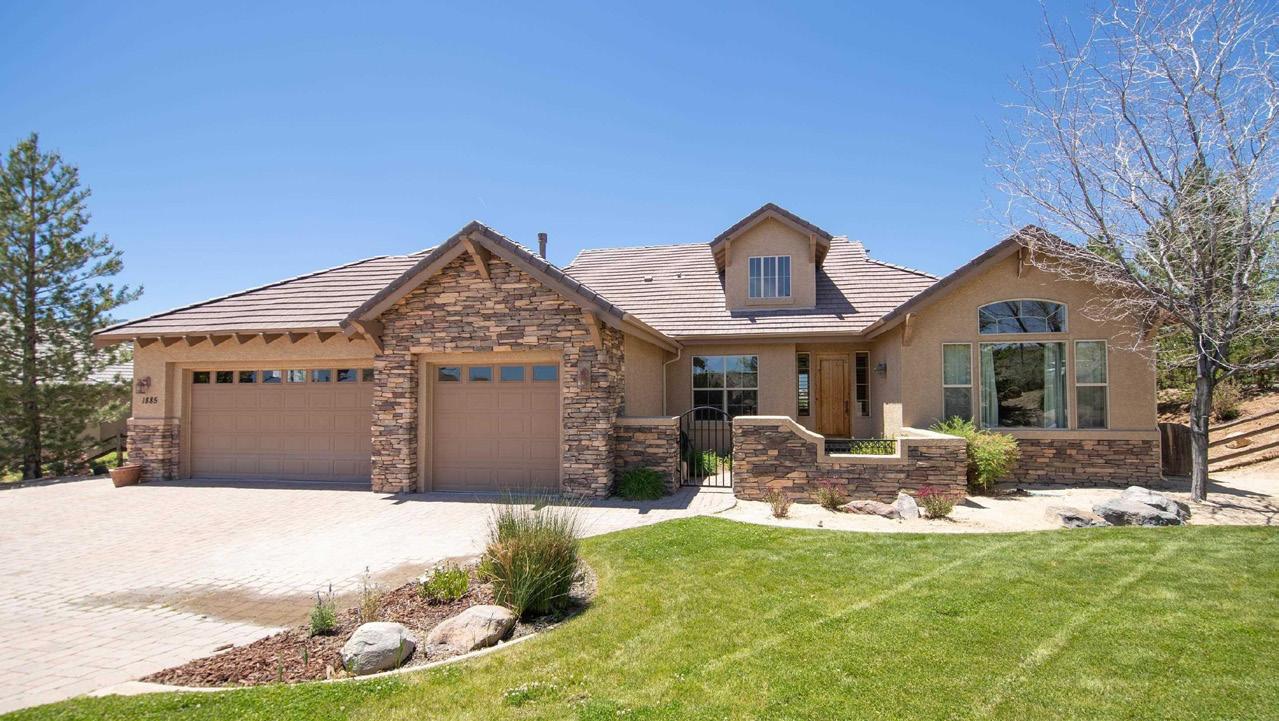


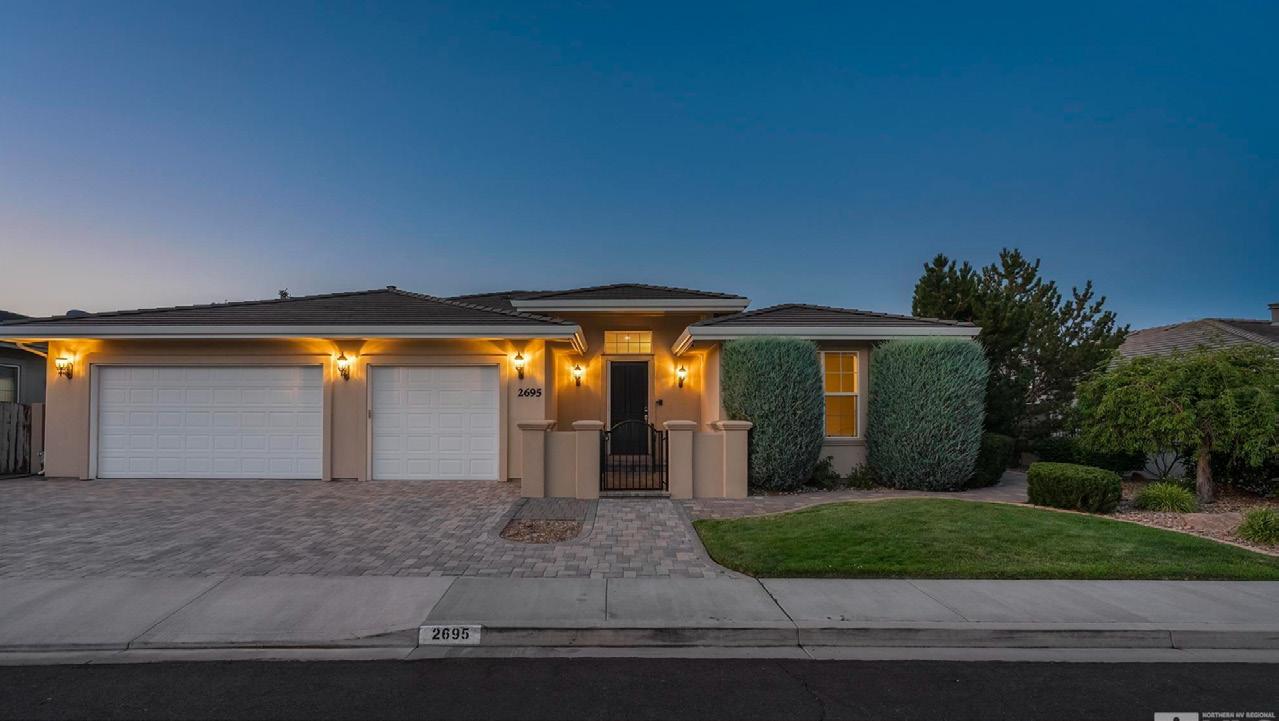






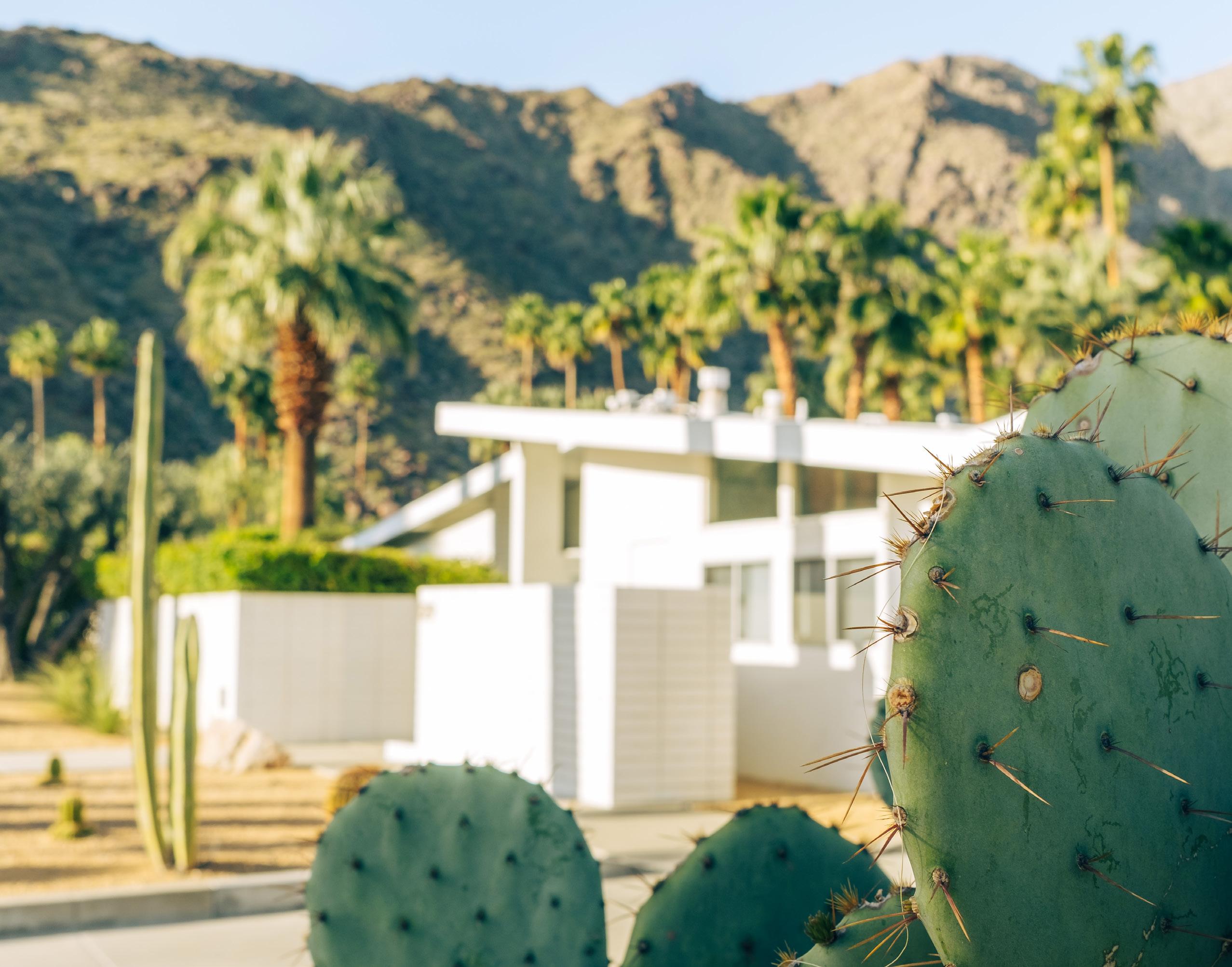 Content courtesy of Luxury Portfolio International 2022. Photos courtesy of Unsplash.
Content courtesy of Luxury Portfolio International 2022. Photos courtesy of Unsplash.
Palm Springs — the fabled oasis in the Southern California desert — immediately stirs up images of golden-era Hollywood parties, the booze-filled glasses of the Rat Pack clinking together poolside.
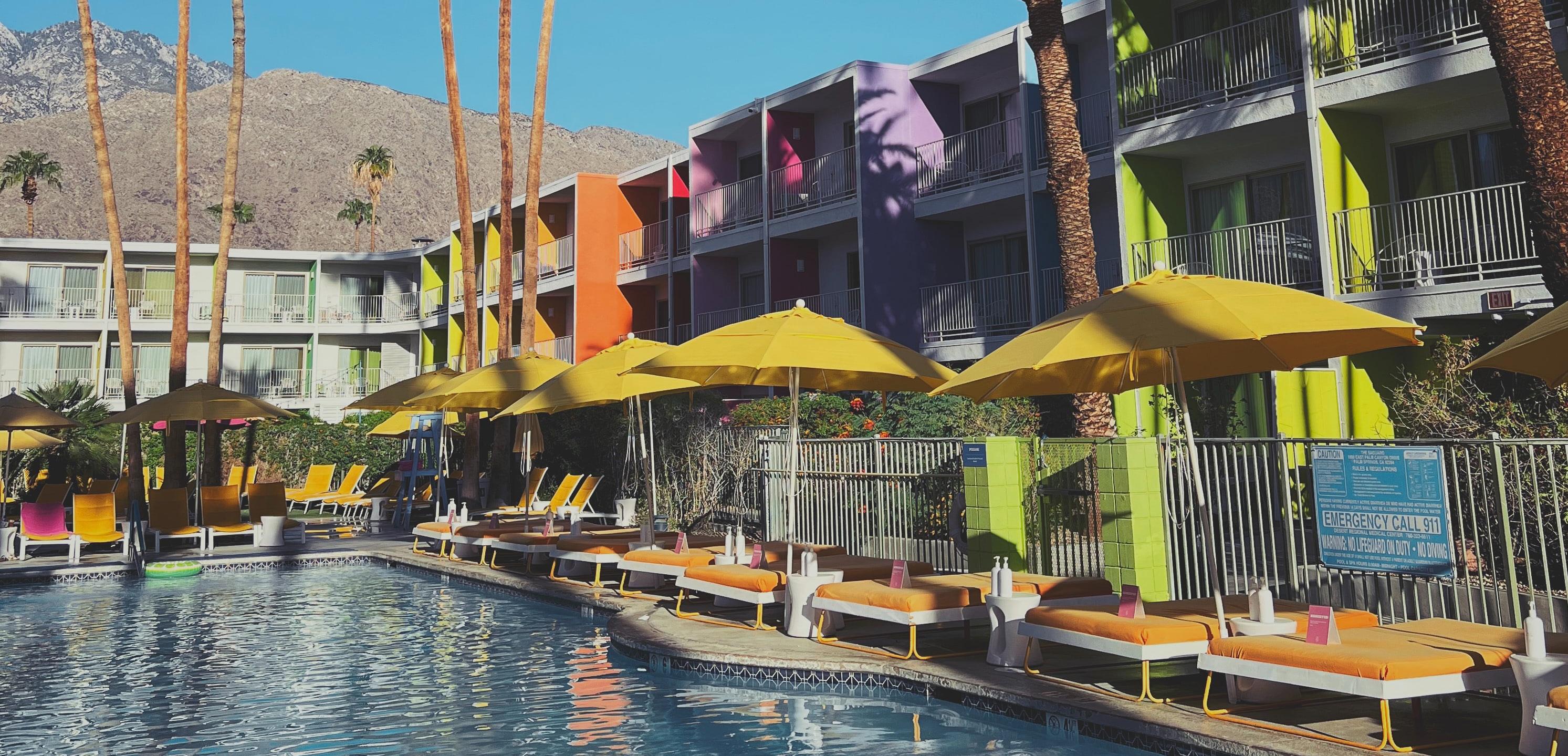
But Palm Springs had more in its shaker during the mid20th century: the perfect cocktail of openland, open minds and optimism that allowed a faction of relatively unknown architects to mix upsomething new and more intoxicating than celebrity cachet — modern architectural masterpieces in the middle of the desert.
“It comes out of a vivid period which had a clear idea of what it was about,” says Alan Hess, architect, architecture historian and author of several books on the subject. “These talented architects just captured the dynamism, the looking towards the future, the optimism, solving problems of thetimes. It’s a really strong style of architecture.”
These forward thinkers filled the resort town with their take on modernist ideas, and the style of homes, hotels, liquor stores and gas stations that they created came to be known as desert modernism.
Palm Springs is hidden in the Coachella Valley between the San Jacinto Mountains in the sunbaked Colorado Desert, part of the larger Sonoran where it meets the Mojave — a seemingly strange localefor the architectural hotbed it was to become.
The land of future Palm Springs had been inhabited by the Agua Caliente Band of native Cahuilla people for thousands
of years. Things changed with California’s incorporation into the United States and the resulting influx of settlers.
Not long after the town was formally established in the late 1800s, people began flocking to the area for the gorgeous scenery and health benefits of the hot, dry air.
Nellie N. Coff man, along with her physician husband, Harry, created the Desert Inn in 1909 as a hotel and sanitarium. More hotel developments followed and revivals of Spanish colonial, Mediterranean, Pueblo, Monterey colonial and English traditional became the dominant styles of public and private buildings.
Hollywood stars soon took note and started visiting Palm Springs in droves in the 1920s and ’30s to escape the prying eyes of the paparazzi in Los Angeles, where an affair or homosexuality was still a major scandal.
The Coachella Valley, in which Palm Springs is now one of nine cities, also proved to be the perfect distance from Los Angeles movie studios, which the actors were contractually obligated to stay nearby. The palm trees and invigorating weather were an added charm.
“Palm Springs was a small, sleepy town, which, of course, is one of the things that made it popular with the movie stars,” Mr. Hess, who is also on the board of Modernism Week, an annual architectural extravaganza of parties and tours, says. “They weren’t bothered when they were out there. They could just have fun — and they had a lot of fun.”
Greta Garbo, Mary Pickford, Douglas Fairbanks, John and Lionel Barrymore, Errol Flynn, Bing Crosby, Spencer Tracy, John Wayne, Cary Grant, Elizabeth Taylor, Bob Hope, Marilyn Monroe, Elvis and Priscilla Presley, Lucille Ball and Desi Arnaz, Kirk Douglas, Frank Sinatra, Dean Martin, Sammy Davis Jr., Lena Horne, Trini Lopez, Debbie Reynolds and Joan Collins — an endless parade of movie A-listers and musicians poured into town.
“Regular” people also started buying second homes in the desert after the Second World War, when money became more plentiful, cars and highways were making travel easier and vacation time allowed the middle class a few sips of the leisurely lifestyle celebs were cultivating there.
It seemed like everyone wanted a piece of the dusty California sun — and had the money to buy it.
Of course, someone had to build it all. Savvy developers — most notably two pairs of brothers, George and Robert Alexander, and Jack and Bernie Meiselman — manifested entire neighborhoods such as El Rancho Vista, Tahquitz River Estates, Vista Las Palmas, Tennis Club Estates, Twin Palms,Sunmor Estates and the aptly named Movie Colony out of the thin desert air.
These entrepreneurs really could have constructed anything during the boom of the 1940s through ’60s, but the developers enlisted the help of some enterprising, designdriven architects who descended upon the valley at the perfect time for their talents to shine.
Those who were drawn in for a drink of Palm Springs found themselves in a waking modern design dream — plenty of
land to work with, a scenic and inspirational backdrop, a moneyed and open-minded clientele, creative freedom and peaceful anonymity.
Richard Neutra, John Lautner, Donald Wexler, William Krisel, Dan Palmer, E. Stewart Williams, William Cody, Albert Frey, John Porter Clark, A. Quincy Jones, Charles Du Bois and Hugh Kaptur were all sought-after for their services, but remained fairly obscure outside of the desert.
Although Neutra and Lautner had designed famous homes in town, “none of these other architects were known,” Mr. Hess says. “That really was their intention. They didn’t want to have big famous firms. They were perfectly happy just to be in Palm Springs and do their work.

“These were all interesting characters. Each had different reasons for being there, just expressing their interests and talent,” he says of the accidental architectural school. “And that’s one of the things that makes Palm Springs kind of extraordinary.”
The group, some of whom worked together in partnerships or on one-off commercial projects,wanted to push boundaries in their buildings.
“It’s not like now, where the builders have the architects under their wings and kind of force them to make these awful things,” says Chris Menrad, a real estate agent in currentday Palm Springs and founding board member of the Palm Springs Modern Committee, a group that works to preserve desert modern architecture. “In those days, architects were architects and the builders respected them. The architects here were just trying new ideas.”
The architects’ experimentation especially extended into the residential realm, where it was surprisingly, although sometimes begrudgingly, accepted.
“[Another] thing that makes Palm Springs special is that people who were conservative back homein Ohio or Beverly Hills [and] had a colonial house, when they were on vacation, they were much looser and so they were willing to have a modern house,” Mr. Hess says.
Even Frank Sinatra came around after first asking Stewart Williams to build him a colonial-style home in 1947.
“Williams was just a committed, almost religious, modernist,” Mr. Hess laughs. “And he actually talked Frank Sinatra into wanting a modern house, which is still there. It’s a great house, too.”
The Movie Colony house was named “Twin Palms” for the two towering trees next to the piano-shaped pool. Sinatra lived there for nearly a decade, during which he was married to fellow star Ava Gardner. She once said the home was the site of their most spectacular, of many, fights and there is still a chip in the primary bathroom sink from a thrown Champagne bottle that missed its target.
The all-important desert modern philosophy centered on Palm Springs’ climate and dramatic views, the architects’ distinctive styles a direct response to the natural surroundings and the lifestyle they fostered.
Some style elements, like elsewhere in the country, were decidedly midcentury modern: the mostly low-lying ranch homes had simple, clean lines and very open, informal layouts.
Others took the locale into great consideration, with stone, stucco, concrete and glass as the guiding materials, using shapes and muted colors such as sage green, rose and pale yellow to some how blend seamlessly into the environment.
The homes were post-and-beam construction, their iconic rooflines — either flat, “butterfly-winged” or “Swiss Miss” A-frame — all instantly recognizable. The angles of the roofs, different sections of the homes and shade walls were placed just so to deal with the beating desert sun.
Perhaps the most important feature in the Palm Springs home was the blurring of the indoors and outdoors.
Clerestory windows and floor-to-ceiling sliding glass doors let light and mountain views in, and alongwith concrete block breeze ways, literally opened the house to the outdoors and requisite swimming pool.
“It was indoor-outdoor living in a beautiful way, oriented to
the mountains so that you’re just always living with nature,” Mr. Hess says. “That probably is one of the things that was really done in Palm Springs more so than anywhere else, and consistently.”
Some homes, such as the Kaufmann Desert House, designed by Neutra for Philadelphia department store magnate Edgar J. Kaufmann Sr. and immortalized by photographer Slim Aarons’ famous poolshot, were a step up from their peers.
Others, such as interior designer Arthur Elrod’s house that featured in a Bond movie, Diamonds are Forever — a Lautner confection — and Robert Alexander’s Palmer and Krisel-designed home where Elvis spent his honeymoon, are also fixtures on Palm Springs home tours, admired for their design chutzpah and early occupants.
But maybe one of the most surprising aspects carefully considered by Palm Springs’ architects was a bit of highbrow design meant for everyone.
While most celebrity homes were custom, entire neighborhoods went up quickly by using tract housing — building multiple of the same or similar homes on a large, divided parcel of land. This was not a suburban, cookiecutter, design nightmare, however.
“The floor plan is the same, it’s postand- beam, it’s almost like an assembly line,” Mr. Menrad says of the tract homes built by the Alexanders and designed by William Krisel in the Twin Palms neighborhood, where he lives in a 1957 version. “But the rooflines are changed, the facades are changed, the materials that are put on the facades are different, colors were customized, even the roof colors were different.
“And so, the houses looked custom,” he says. “I mean, I lived here a year before I finally realized these are all the same houses. I like the idea that there are so many people that have these houses.We’re all sort of part of a club within the club of modernists.”
Midcentury modernism — although it was not referred to as such in its contemporary heyday —was ultimately an architecture that everybody could understand, at least on a subconscious level.
“There’s something when you’re in [the house] that you just feel good,” Mr. Menrad, who also coauthored a book on Krisel, says. “That’s something the architects wanted. They didn’t necessarily want people to go in and look at these details and talk about them in a scholarly way.
“These architects really felt that architecture could change how you lived and felt and experienced life,” he says.
Yet somehow, Palm Springs’ allure eventually faded, and by
the mid-1970s it had been all but vacated for neighboring towns in the valley such as Palm Desert and Rancho Mirage, where newer construction and larger golf courses beckoned. And it stayed that way for 25 years.
“It actually was a blessing because they didn’t tear down stuff,” Mr. Hess says. “They just left it there, fading in the sunlight.”
Then a serendipitous couple of magazine articles in Vanity Fair and The New Yorker, about intrepid midcentury lovers purchasing and renovating homes in Palm Springs on the cheap, ran at the turn of the century, sparking a new boom that continues to this day — this time in restoration.
Robert Shiell, a retired attorney, part-time property manager and avid art collector, bought his 1959 Palmer and Krisel vacation home in the Vista Las Palmas neighborhood in 2013.

“I was just turned on by the whole lifestyle,” he says. “It was the whole aura of the Rat Pack era in the neighborhood — it sort of permeates the neighborhood.”
Mr. Shiell set about carefully renovating the home, tearing out hedges that covered an original cement block wall and removing a 300-square-foot addition that had enclosed the breezeway. He added more clerestory windows for a better view of the mountains, as well as insulation — often missing originally.
“I was trying to restore as much as we could the original footprint,” he says. “It had those great bones of the midcentury.”
Not surprisingly, he covered the walls with part of his vast contemporary art collection and decorated with vintage and period-inspired furniture and lighting.
Mr. Menrad bought his home in 1999 and also got to work on restoring it to as close to original as possible — a notion he got from working on classic cars. The process was made easier once he was lucky enough to meet the architect, William Krisel, himself.
“He had all of his drawings and plans for everything, even down to researching what the original colors were for the house,” he says. “My belief is that you can’t really draw a mustache on the Mona Lisa. If you just follow the original ideas and plans and be authentic about it, it’ll be beautiful, because that’s how it was intended.”
Both homeowners’ handiwork has been featured on tours during Modernism Week, started in 2006. The event has brought attention to Palm Springs once again, with tens of thousands of visitors coming from around the globe each year to toast its architectural legacy. It is even what first piqued Mr. Shiell’s midcentury interest.
“My partner and I go during Modernism Week on so many of the home tours — we’re just addicted to it,” he says. “There was such great design, it was so signature, it so works with the environment. It’s such a unique, historic, iconic style that should be saved and revered for other generations of people to be able to enjoy.”
THE LATEST GENERATION of midcentury enthusiasts and the many preservation organizations in Palm Springs are certainly keen on protecting and celebrating the achievements of the desert modernists.
“It’s really part of our cultural history,” Mr. Menrad says of Palm Springs design. “Why do we hang a painting in a museum? Architects, to me, are like artists, just as much as a painter or a sculptor. This is really three-dimensional art that you walk through."

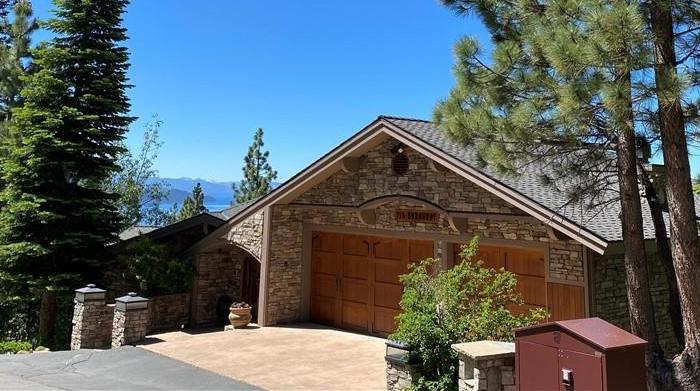



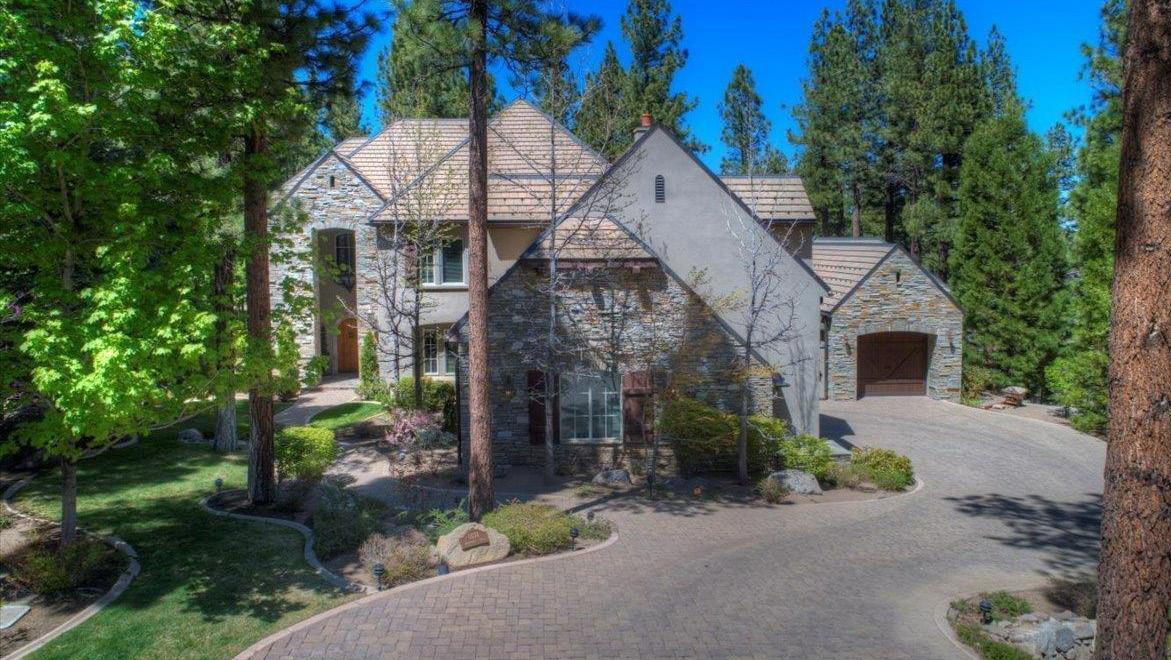
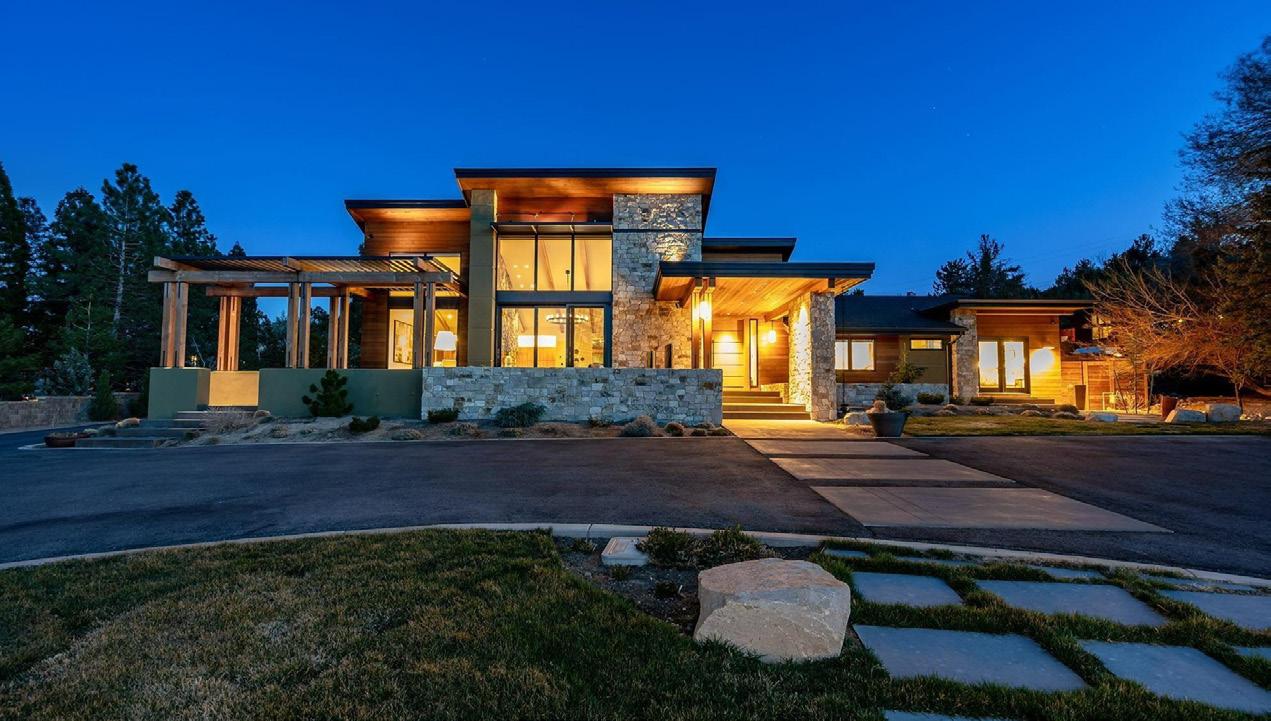
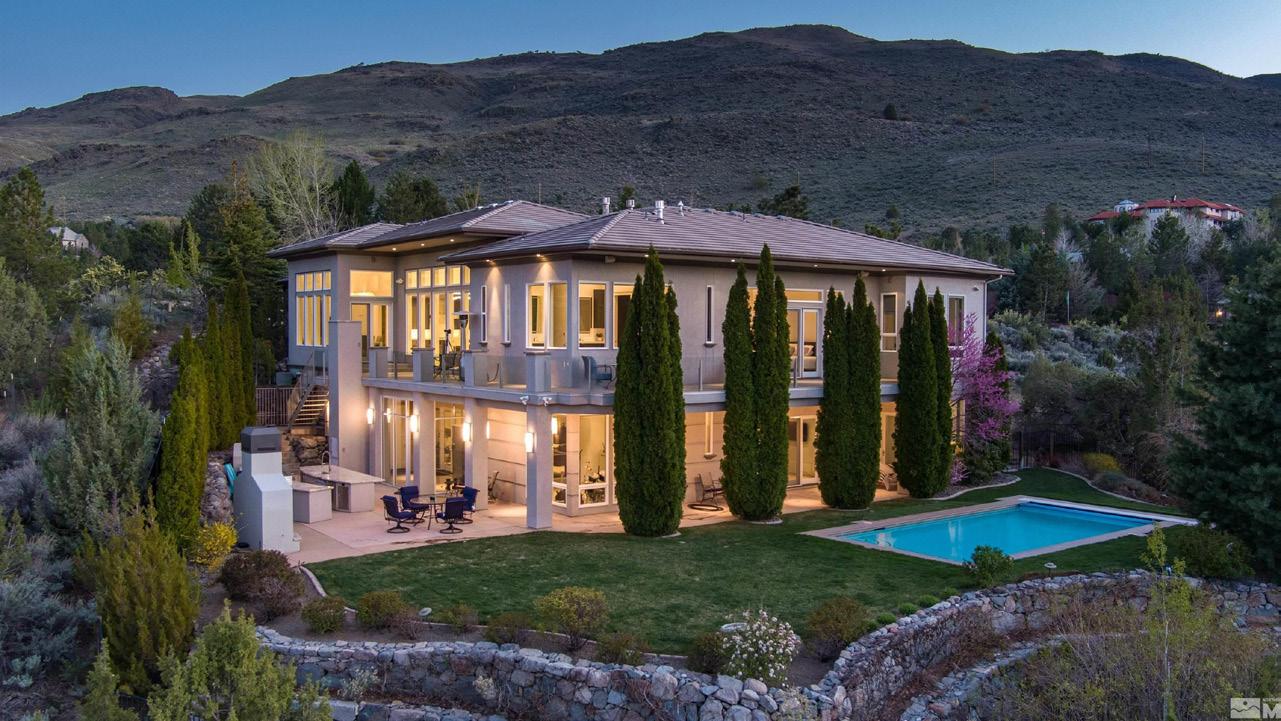






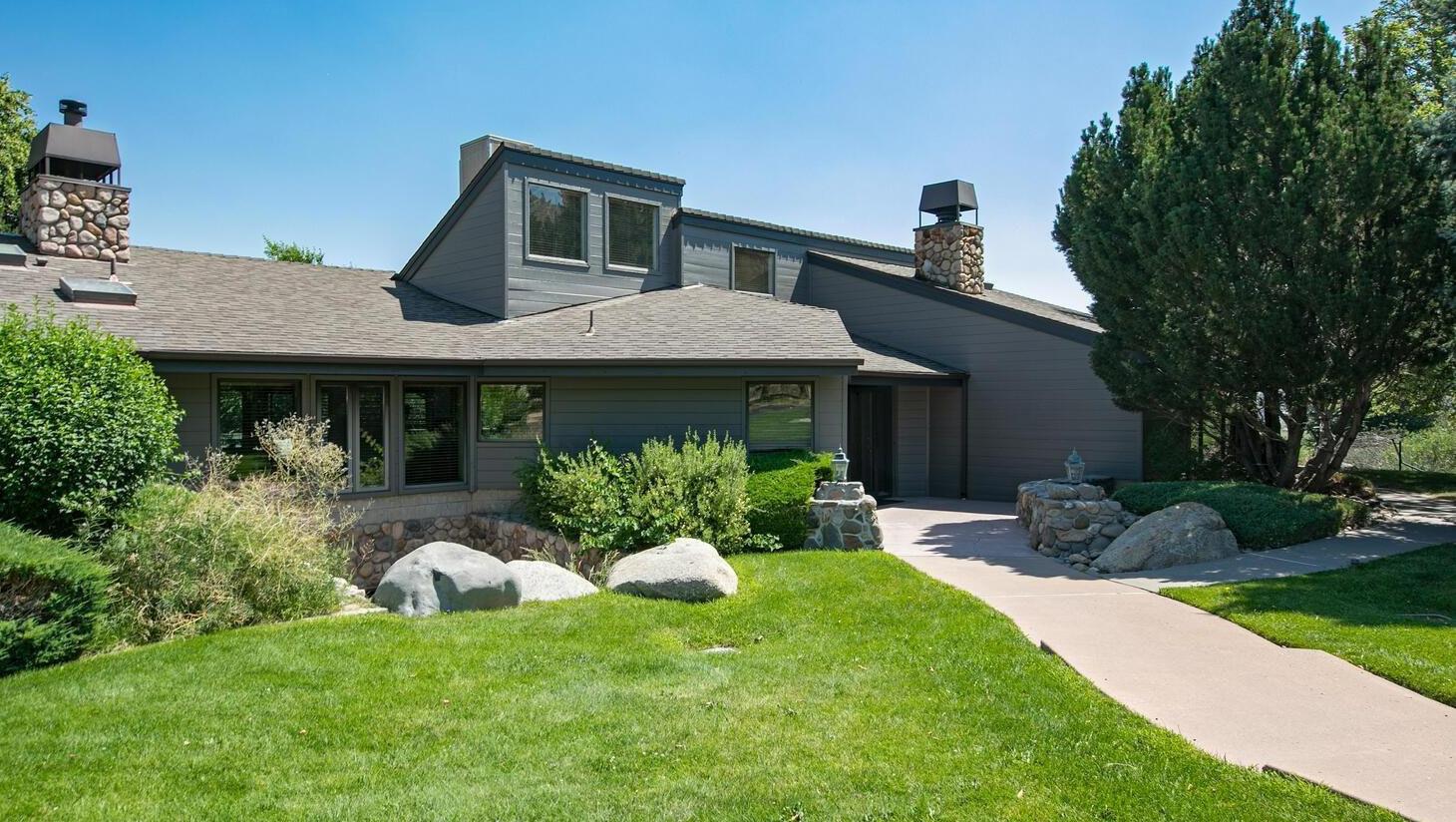

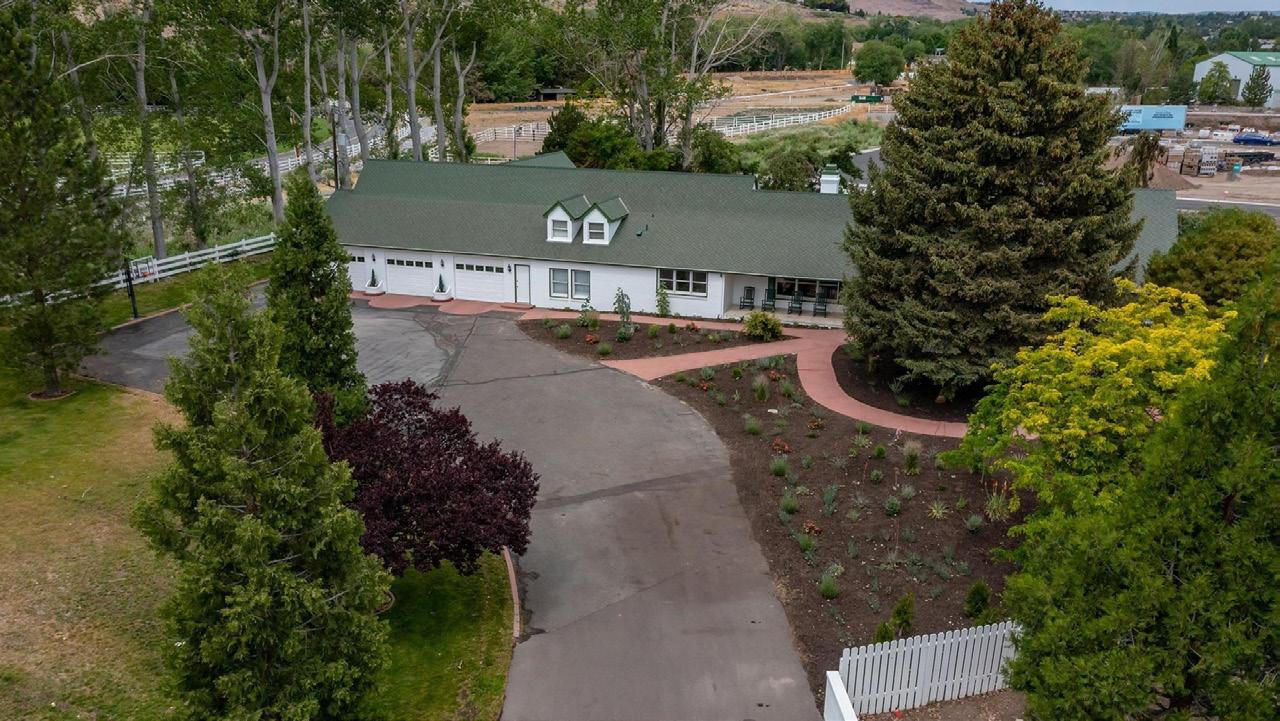

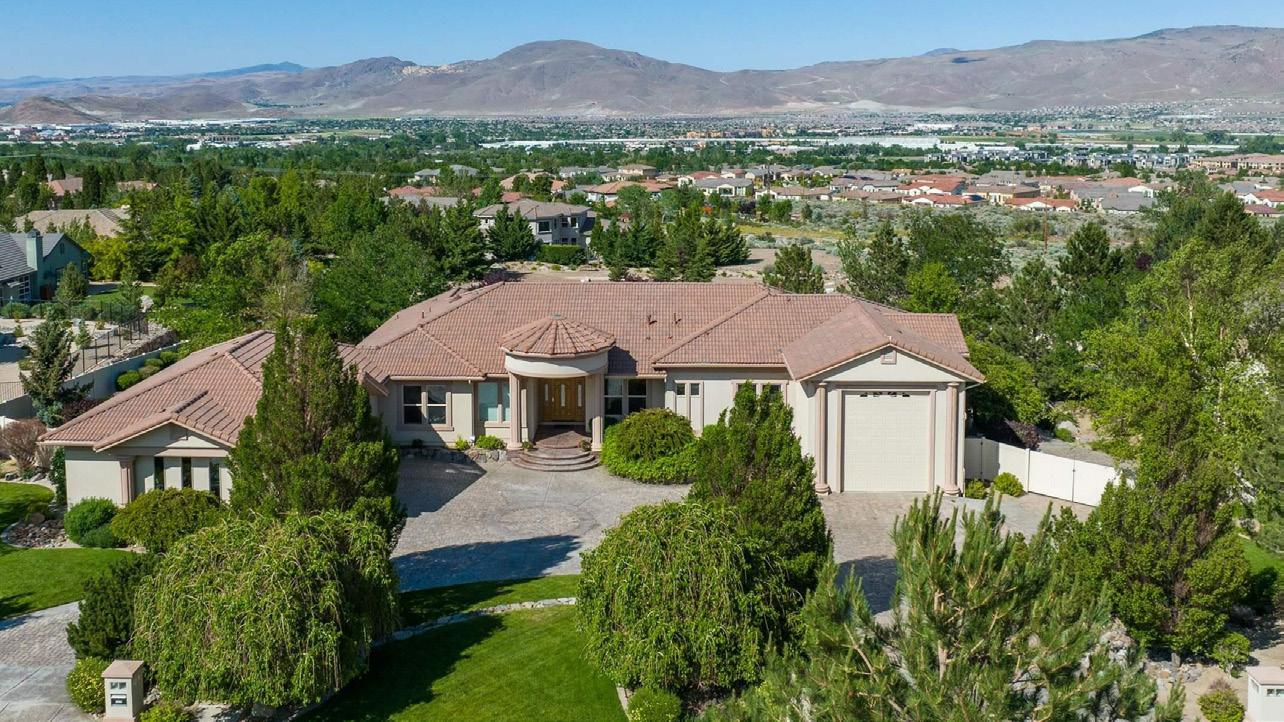
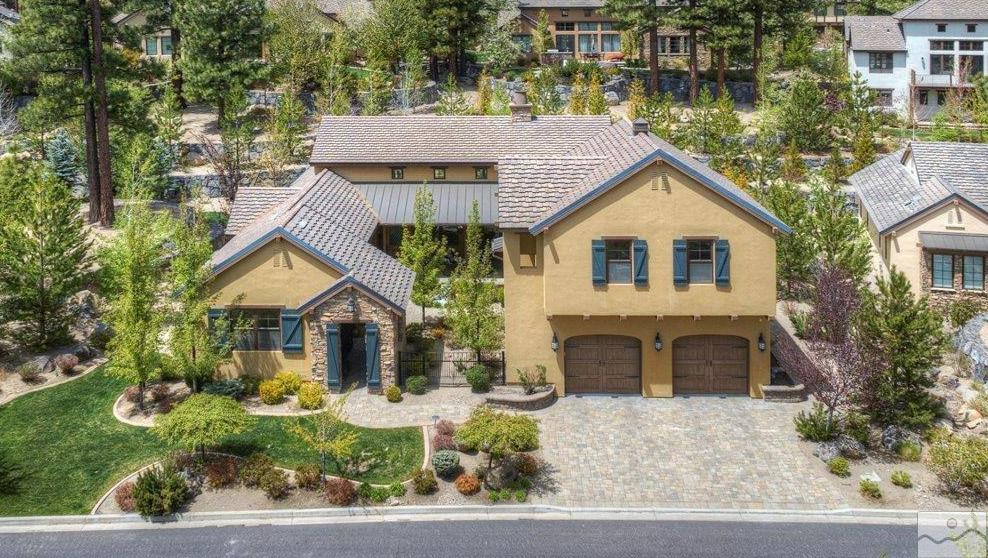
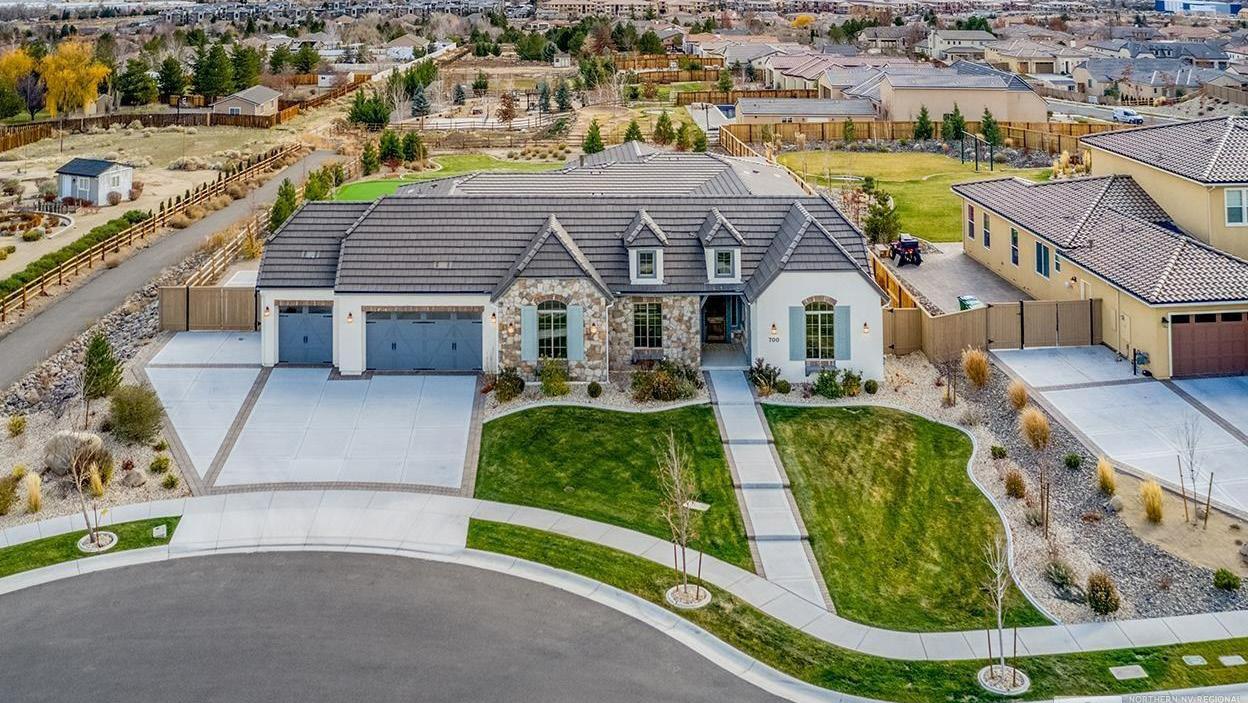


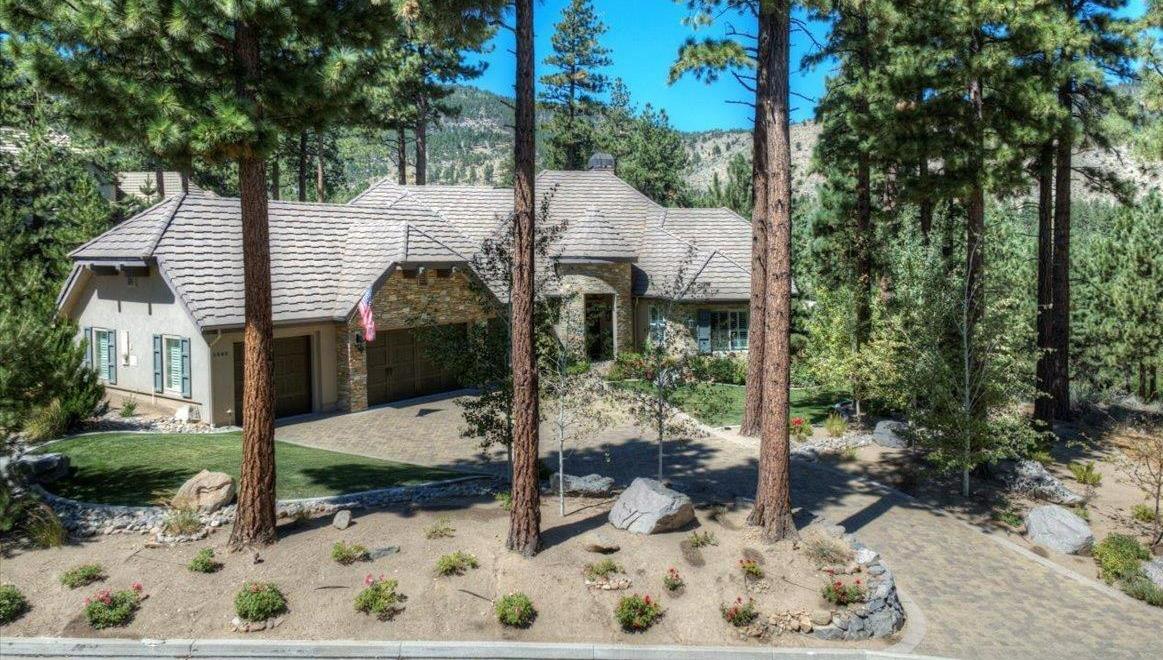


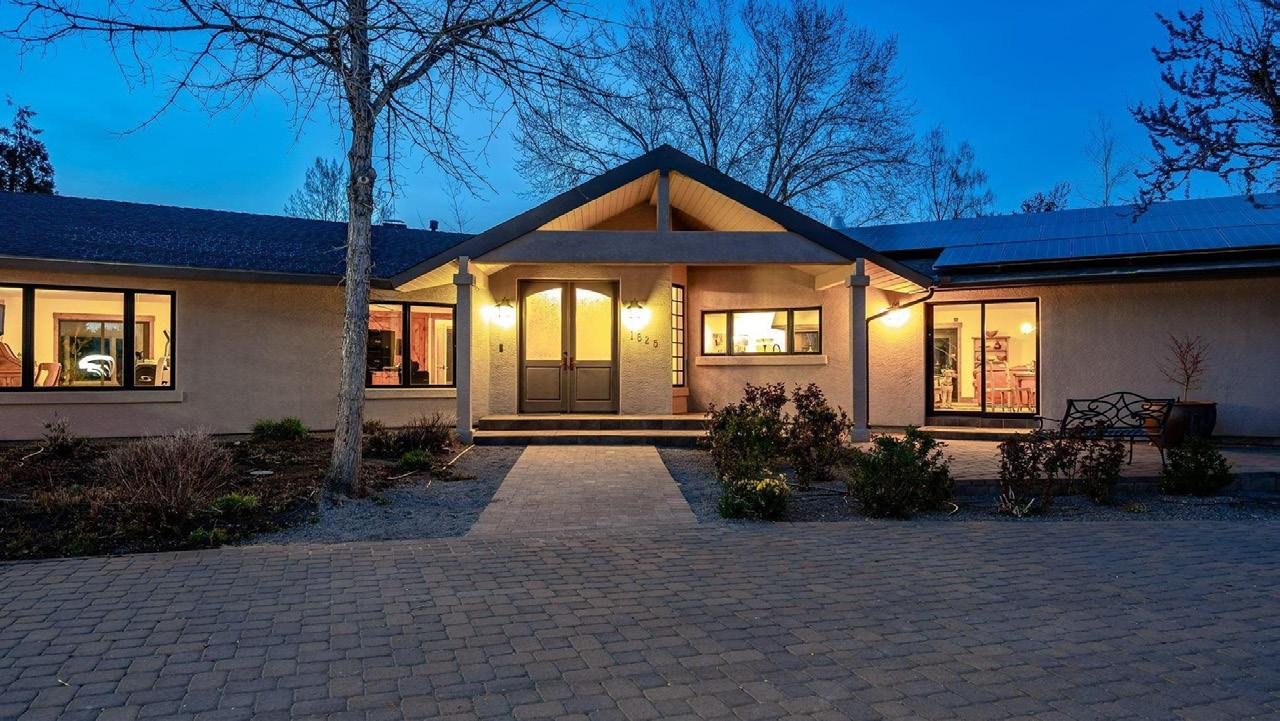




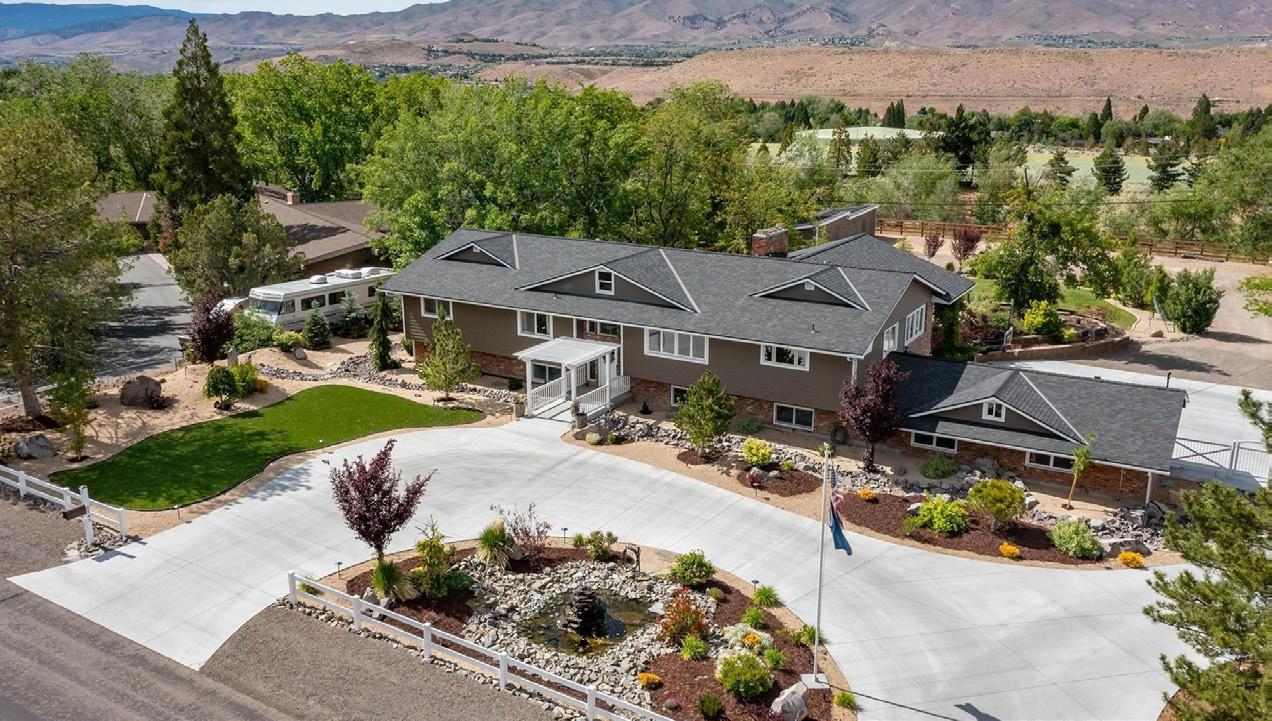
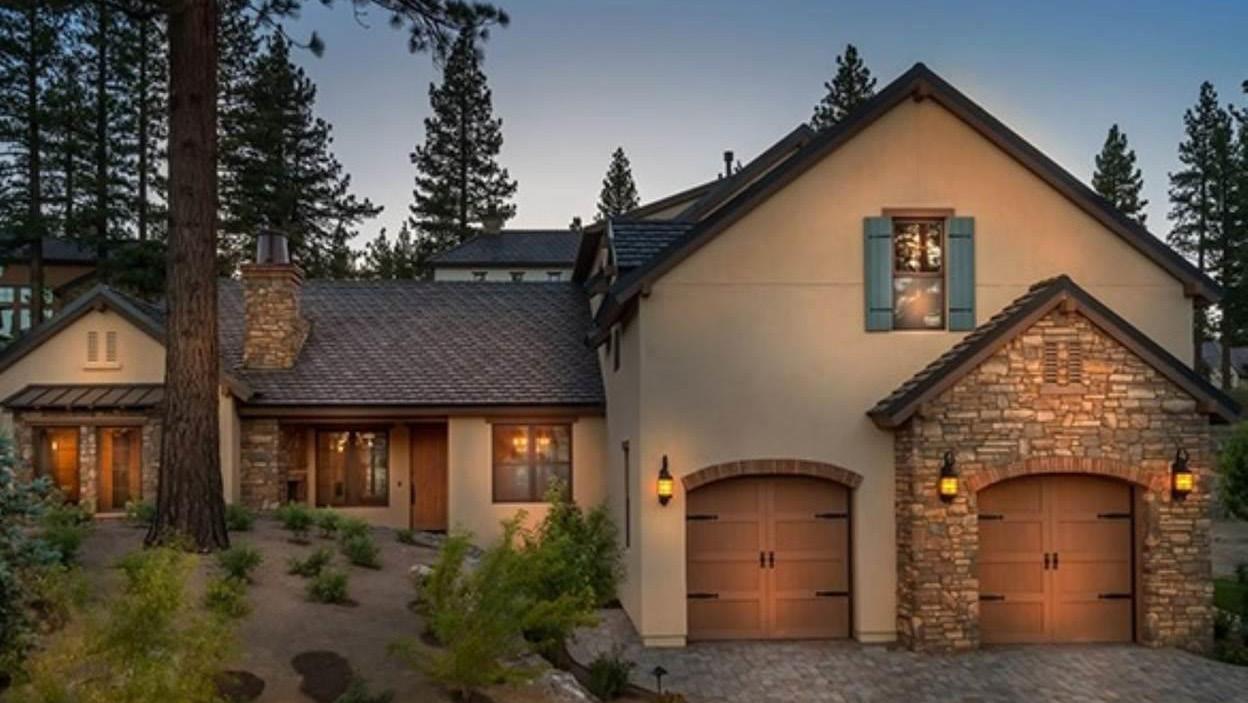





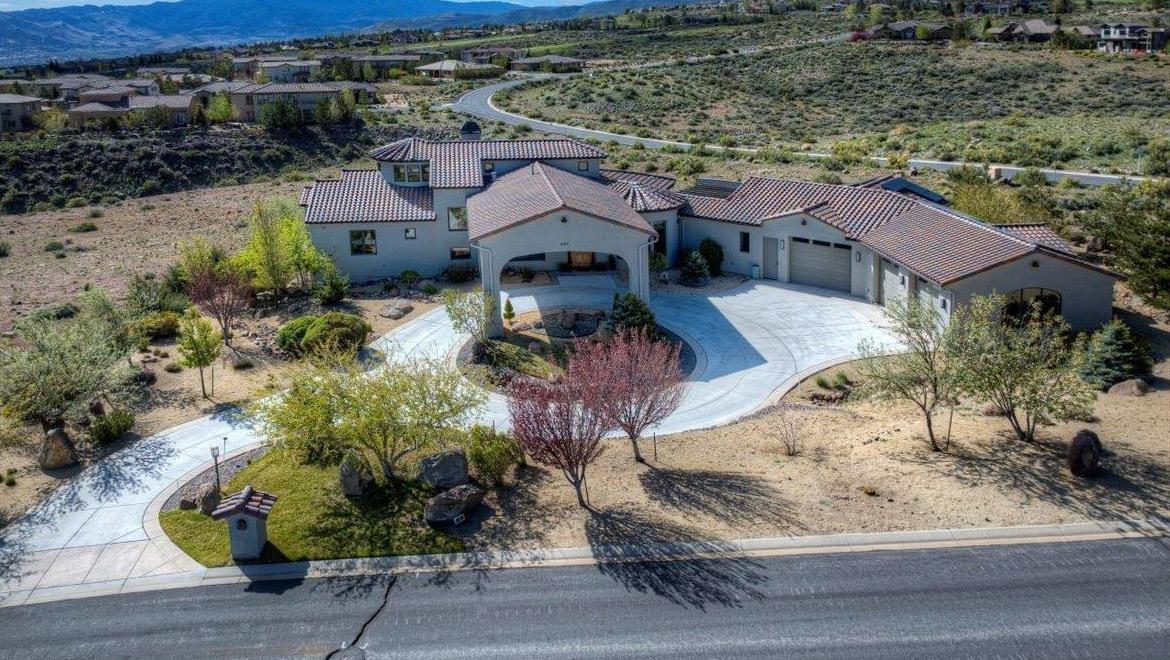


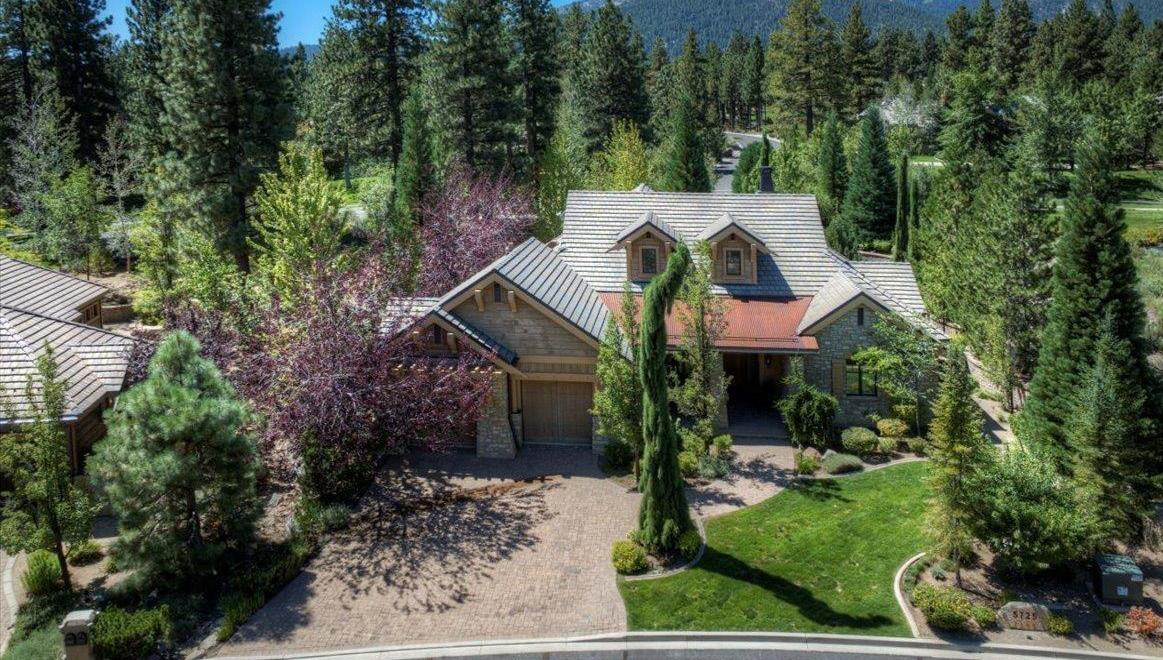
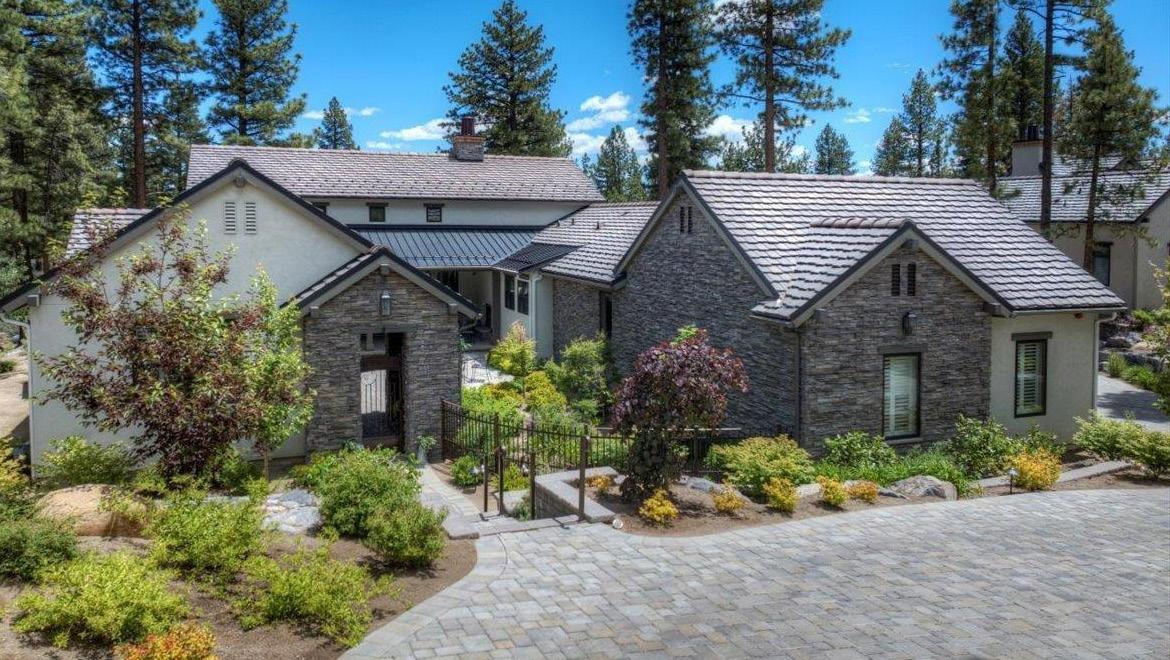
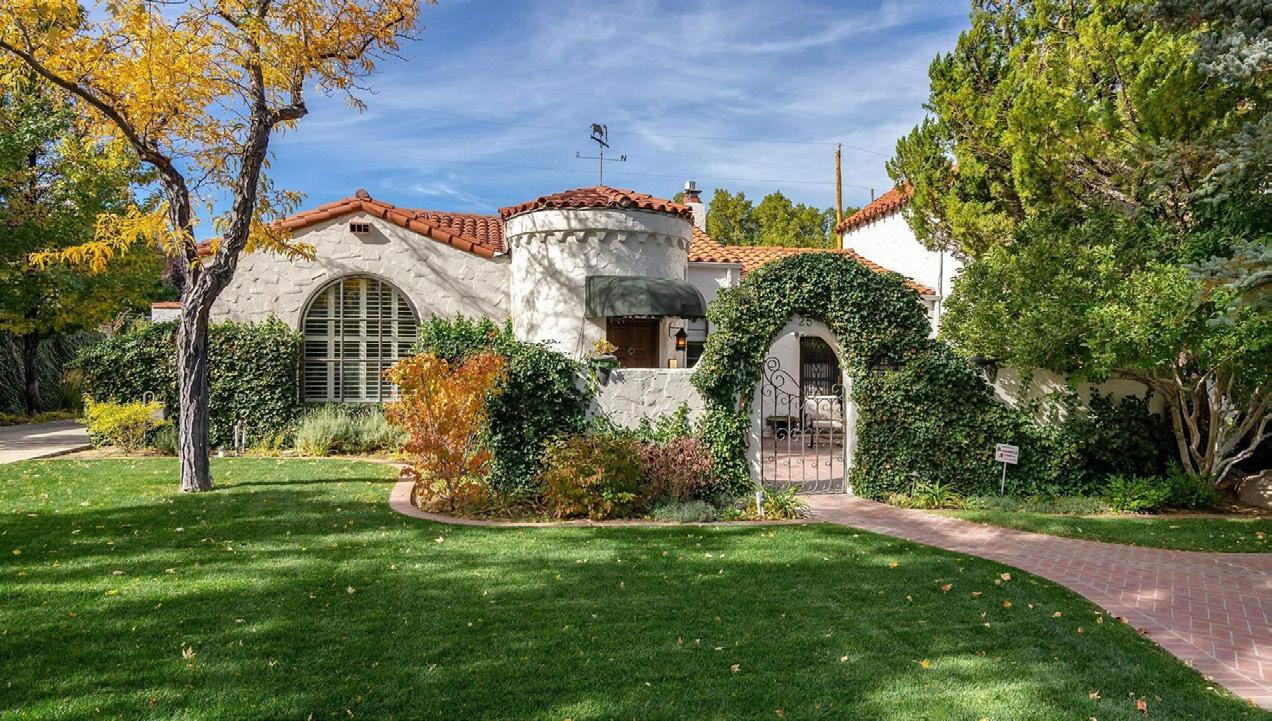



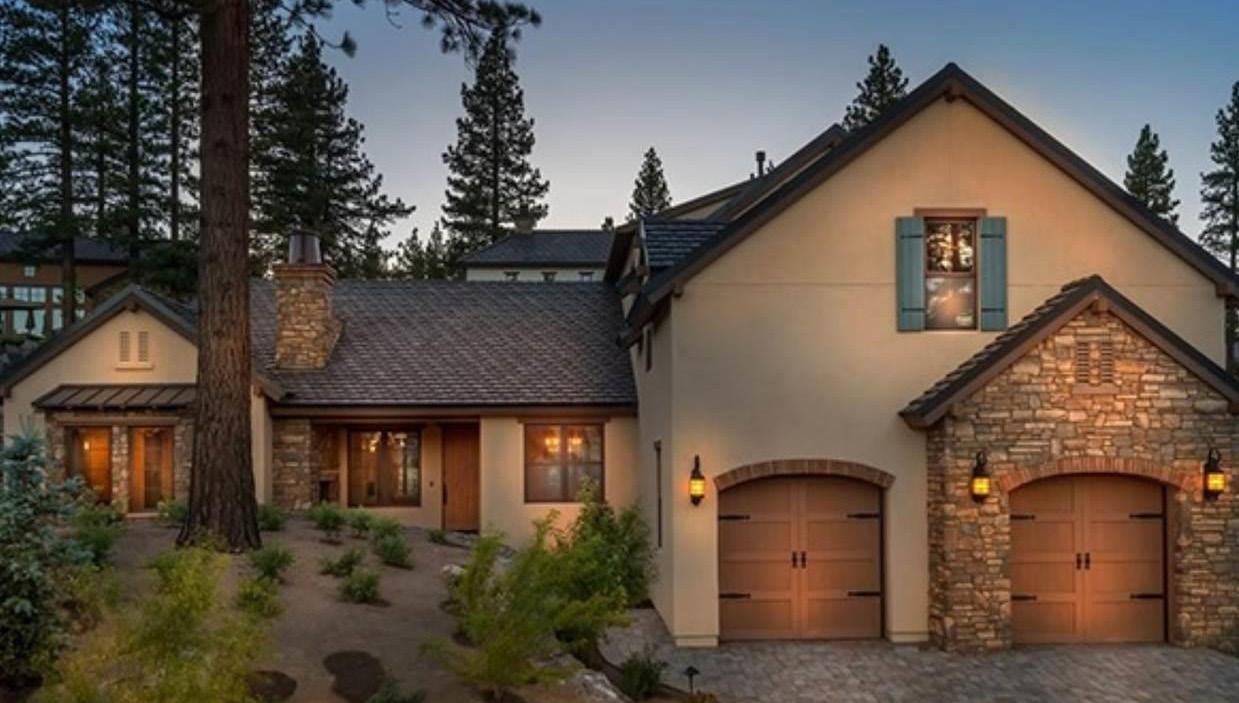
Richard Berman, 775-450-1940
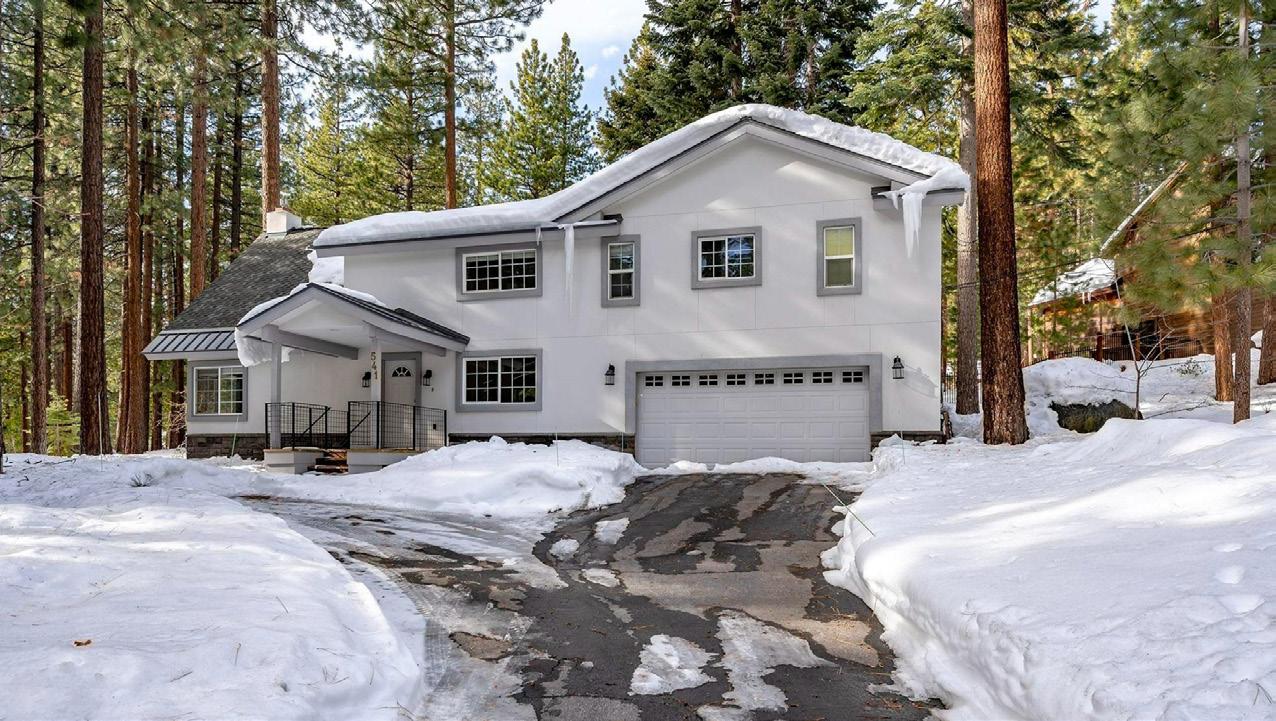
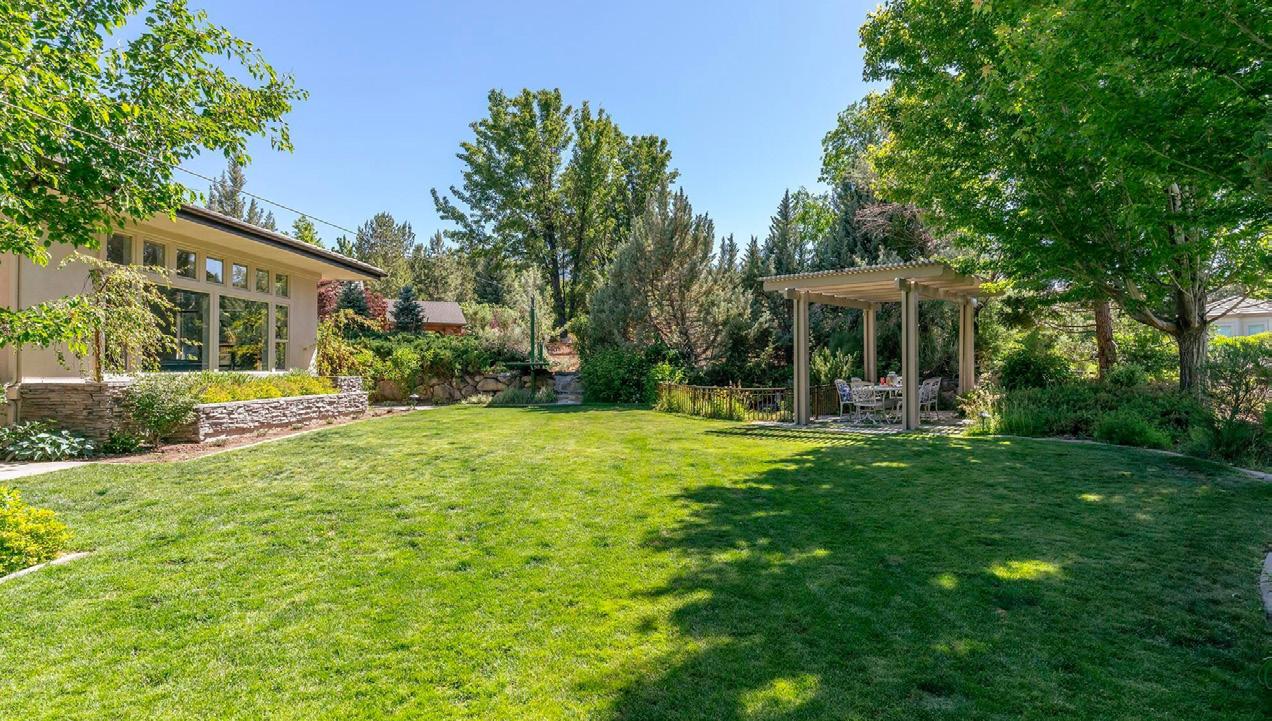

DOWNTOWN RENO 775.324.7000 CAUGHLIN RANCH 775.746.7000 DAMONTE RANCH 775.850.7000 SOMERSETT 775.746.7222 MONTRÊUX 775.849.9444 SPARKS 775.685.8800
CARSON CITY 775.882.6300 GARDNERVILLE 775.882.6300
INCLINE VILLAGE 775.831.6600 TRUCKEE 530.587.7444 PORTOLA 530.832.1700 NORTHSTAR 530.562.1140
DicksonRealty.com | info@dicksonrealty.com
Like us on Facebook | Follow us on Instagram | Follow us on LinkedIn
© 2023 Dickson Realty. All rights reserved. Although the information above is deemed reliable, Dickson Realty does not guarantee its accuracy. Some rights reserved.